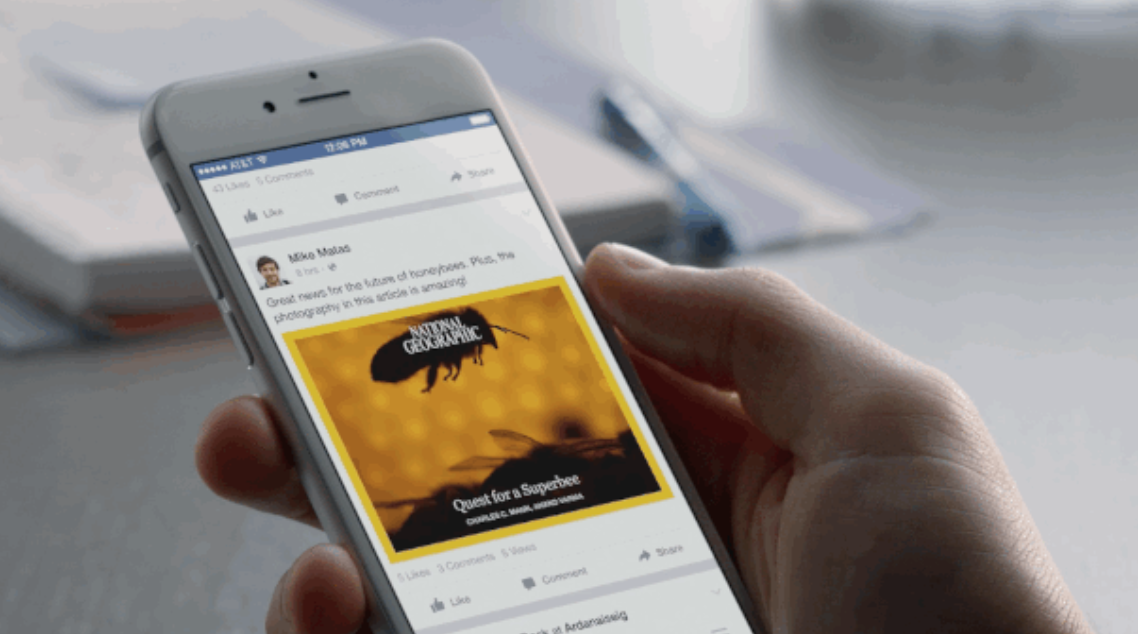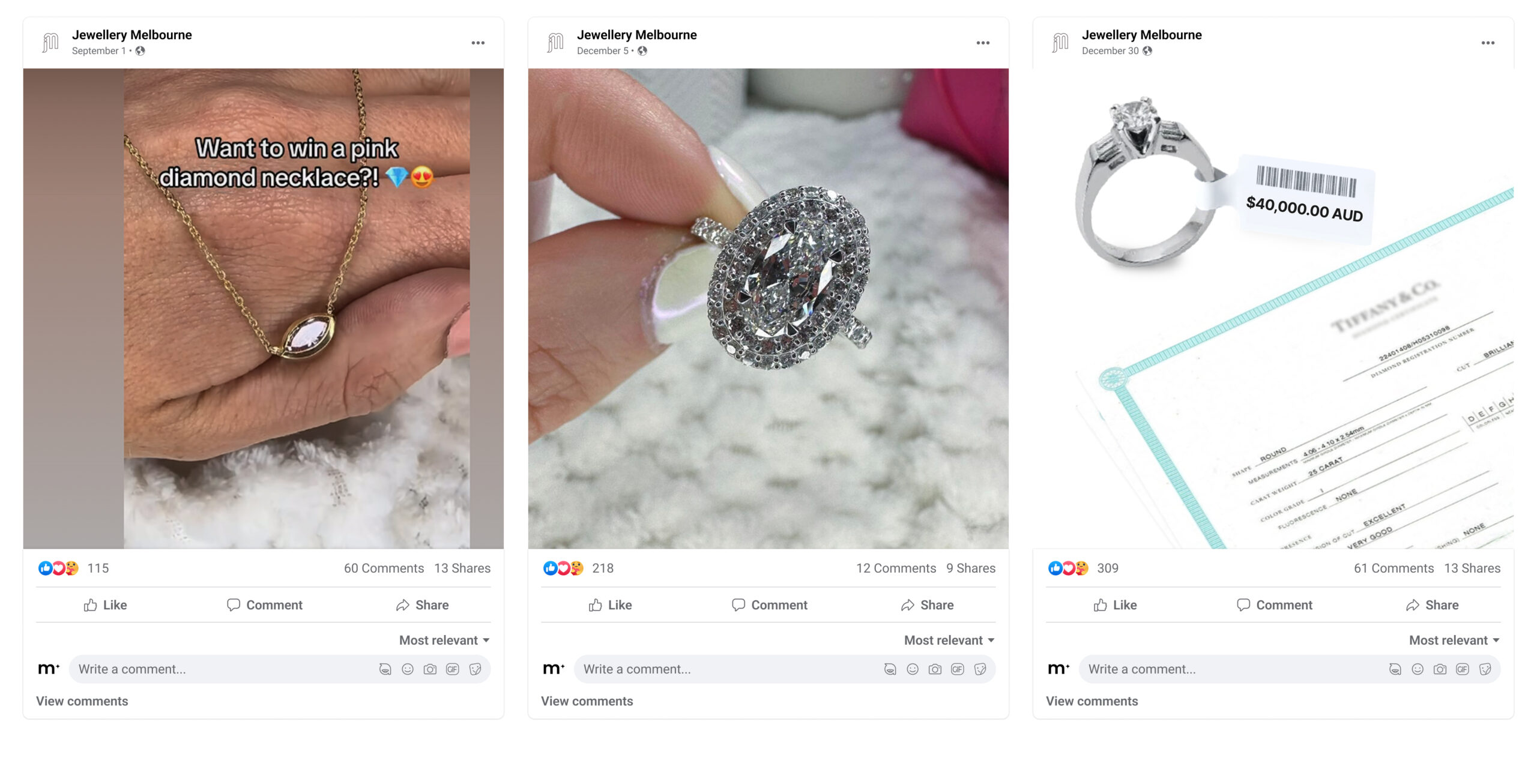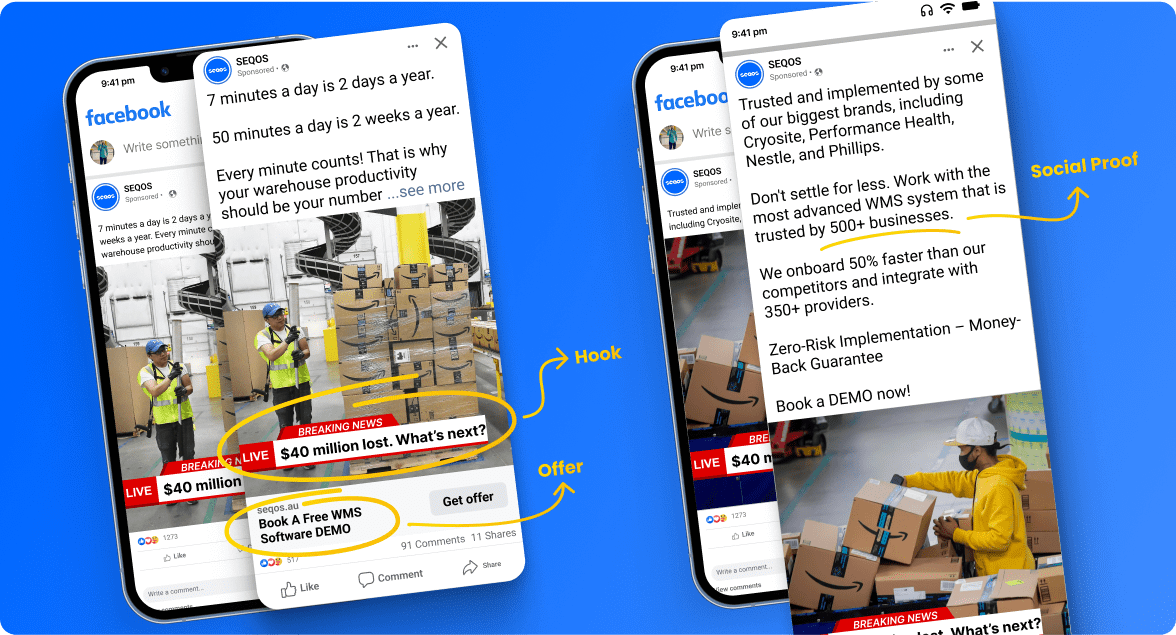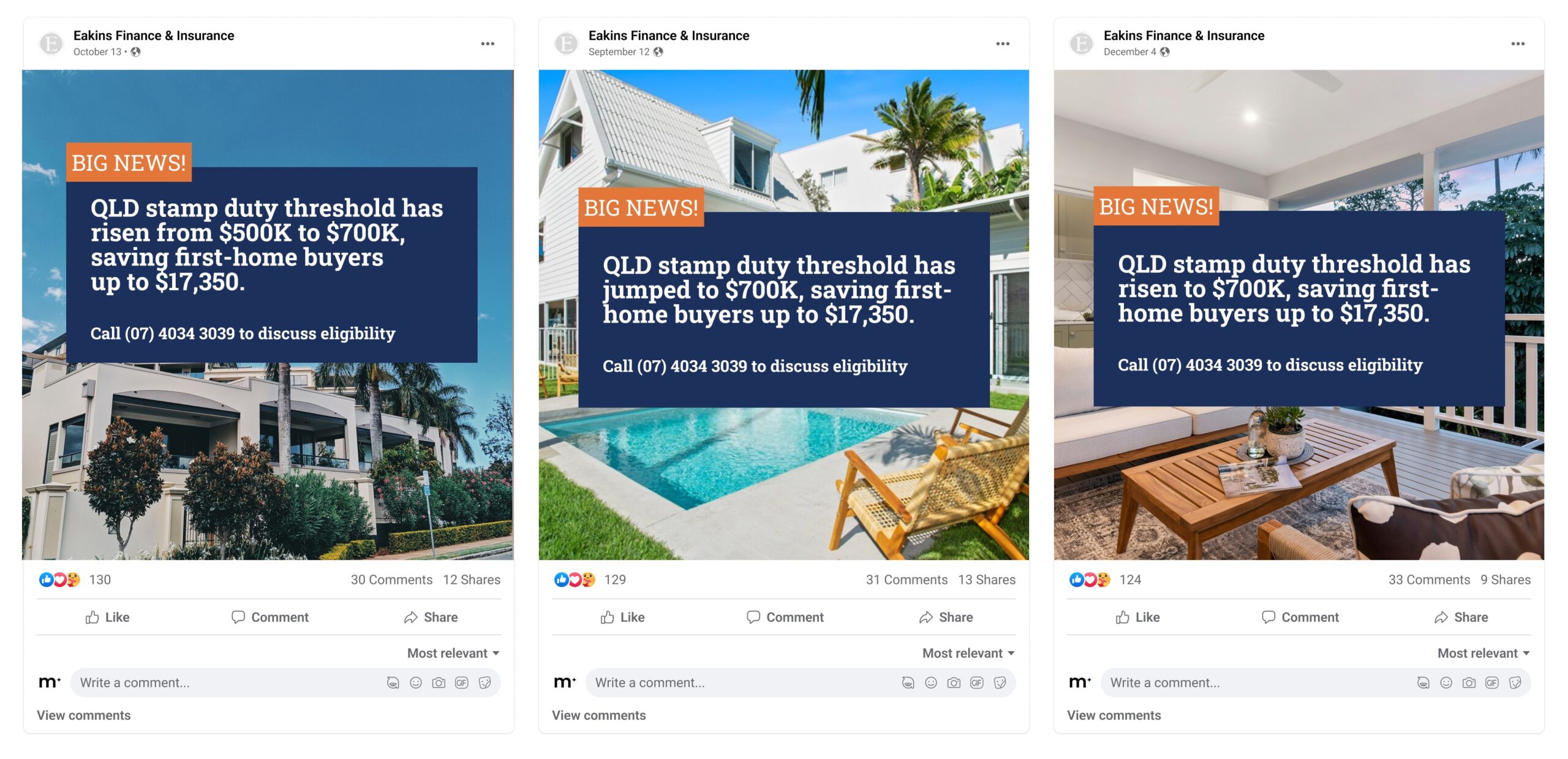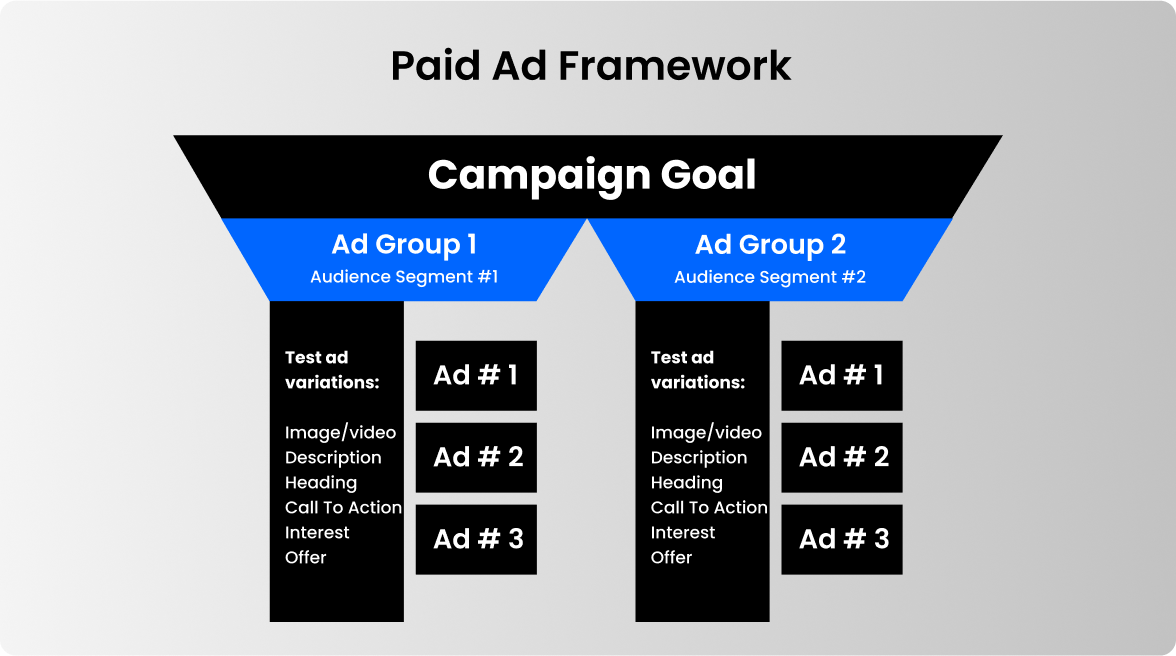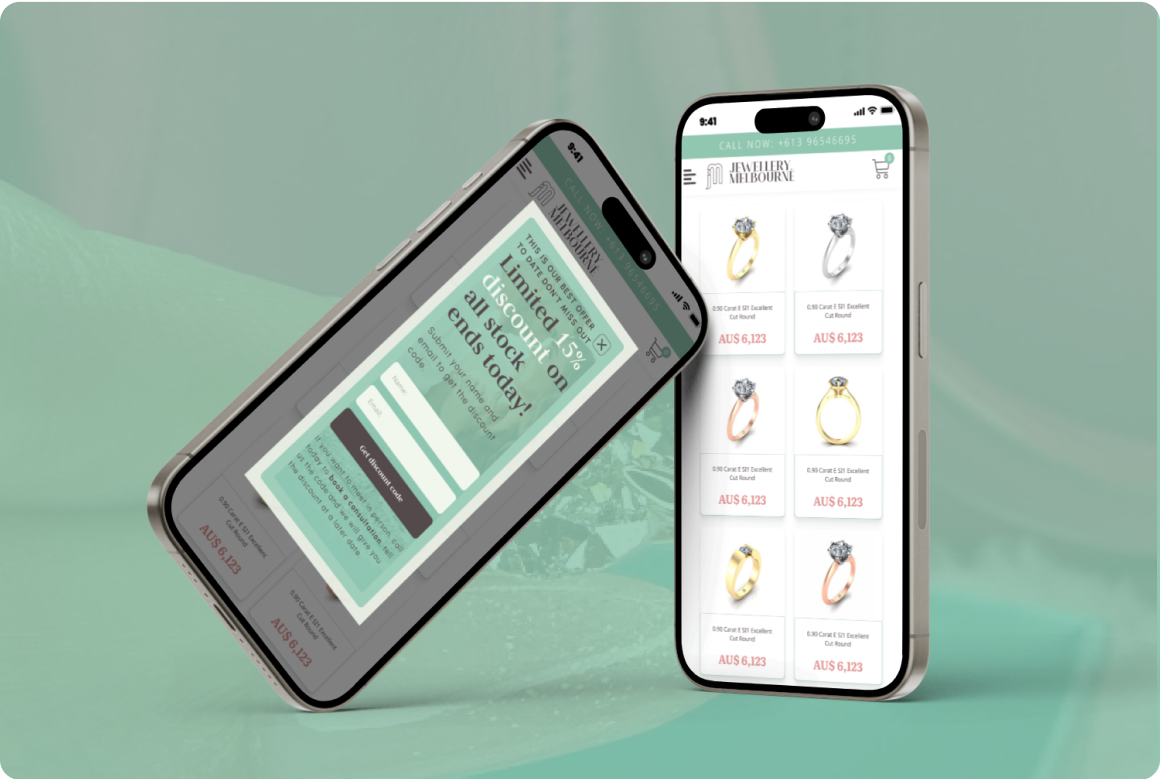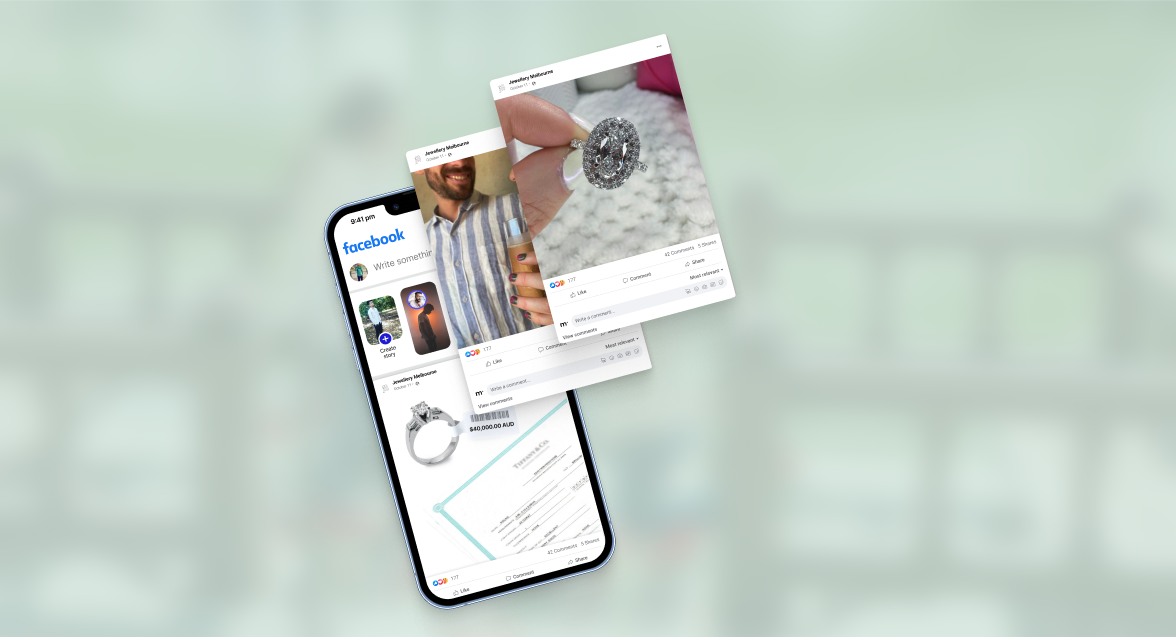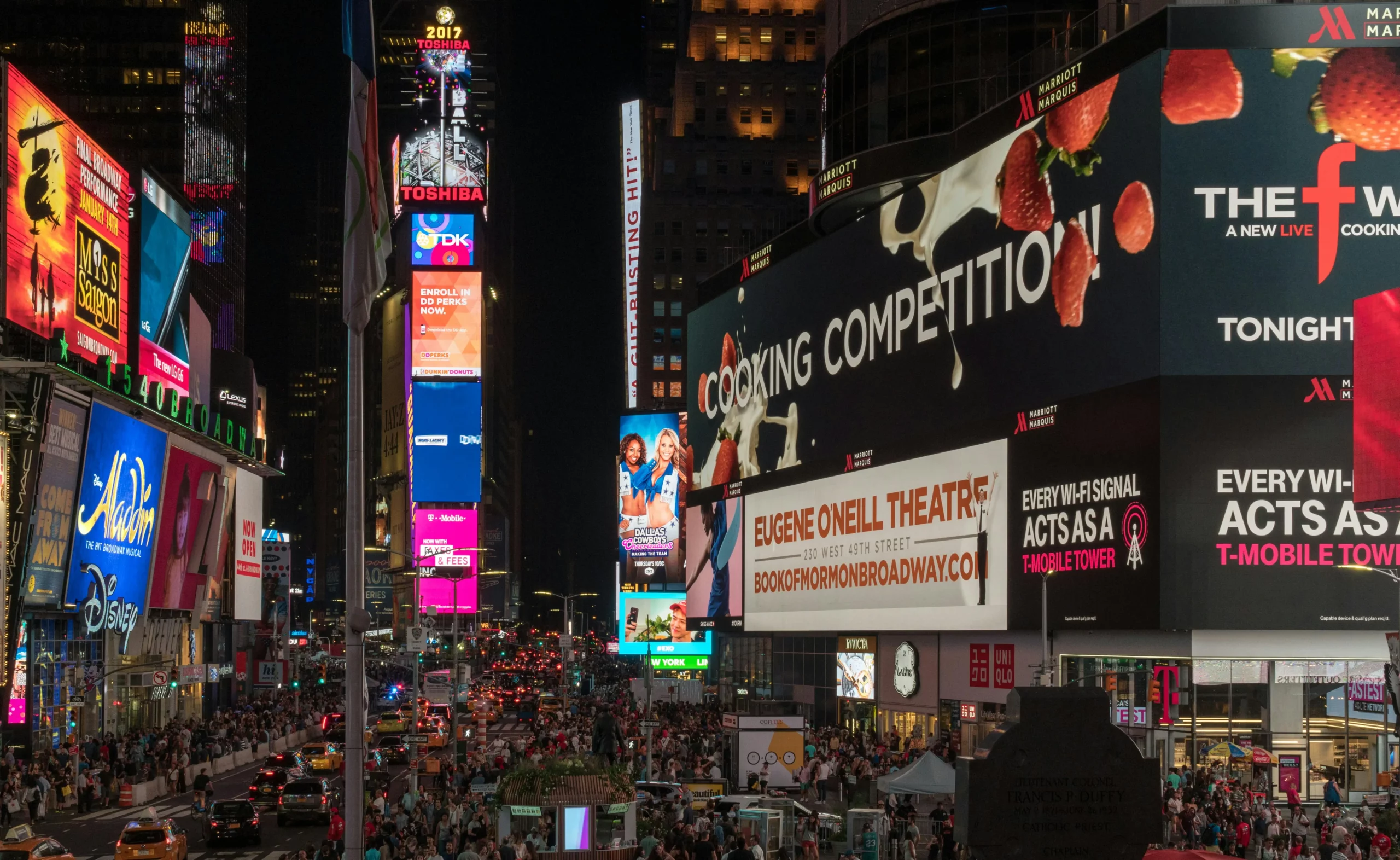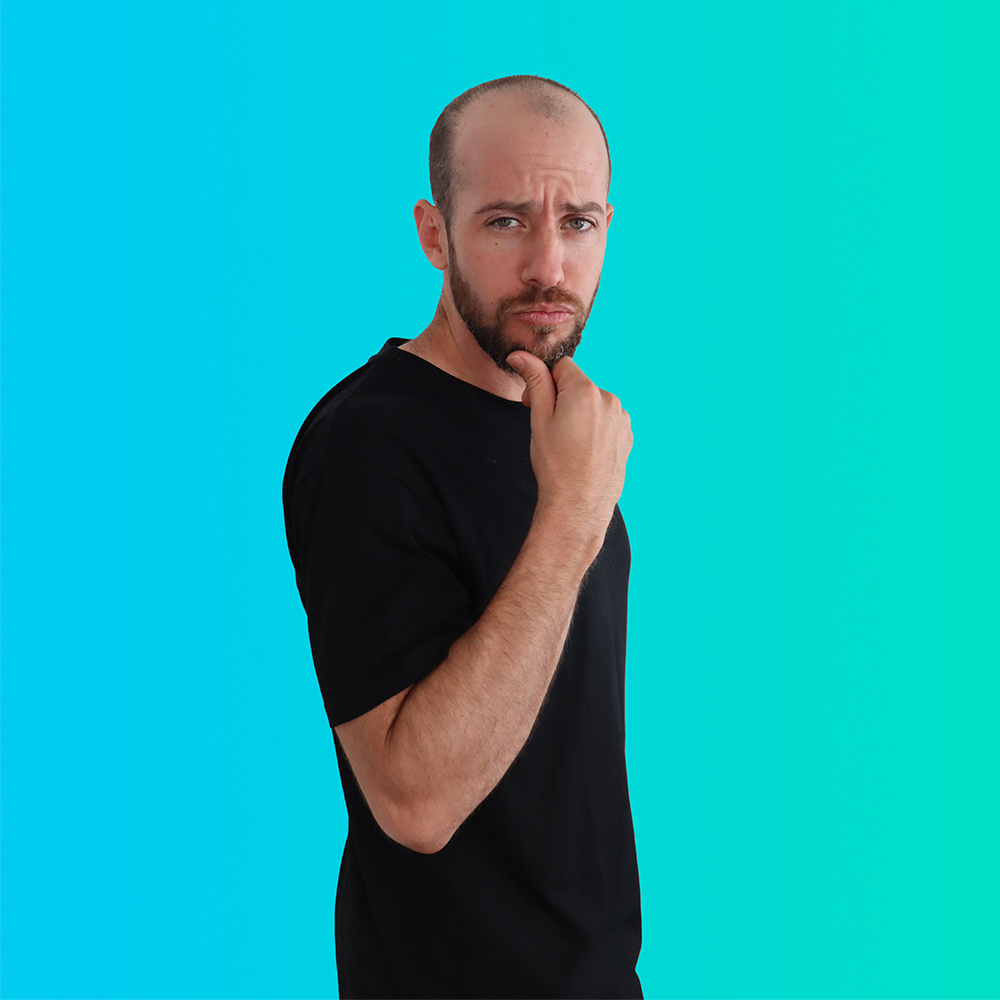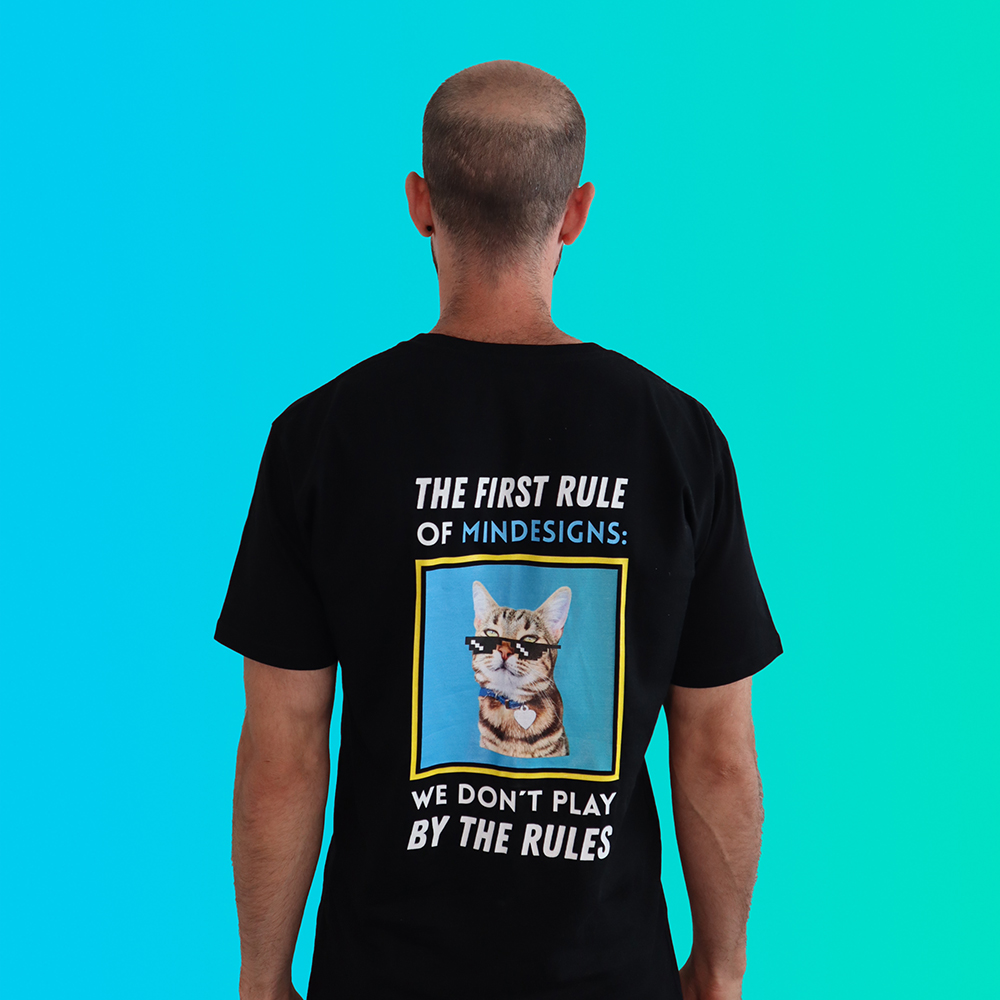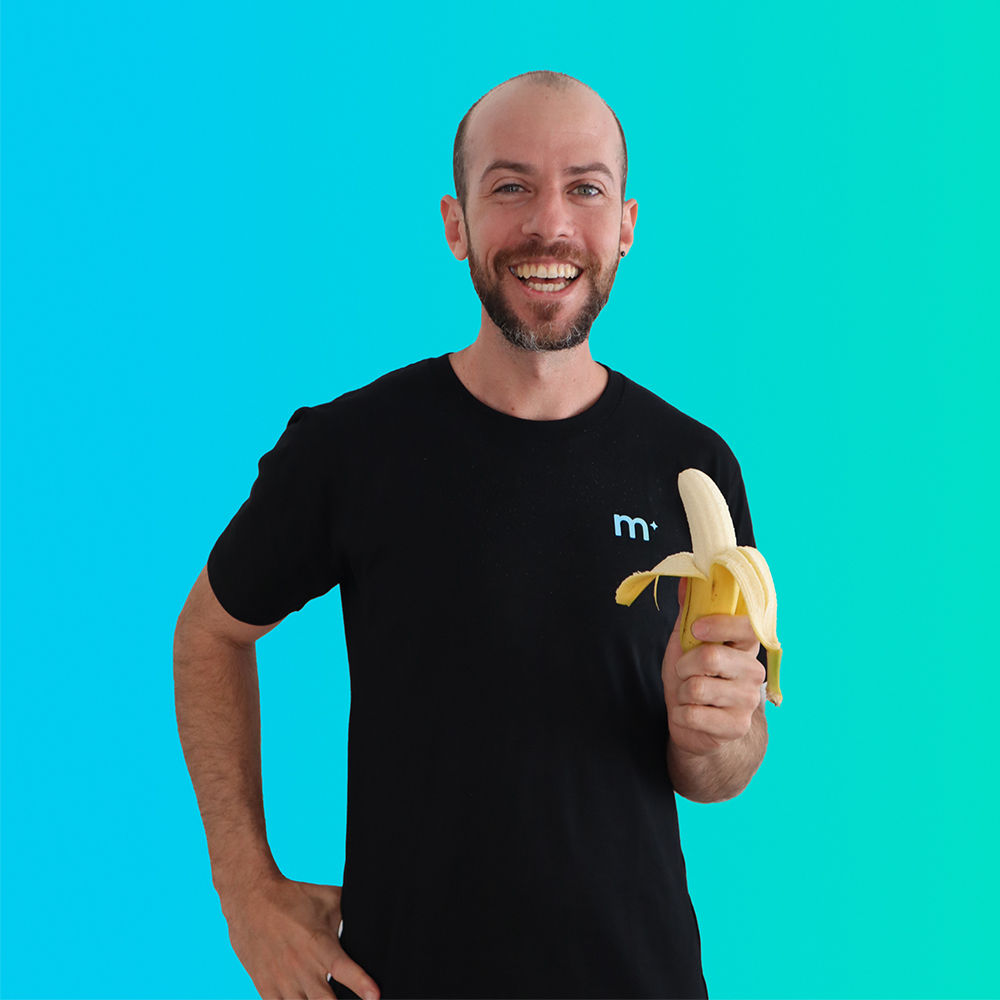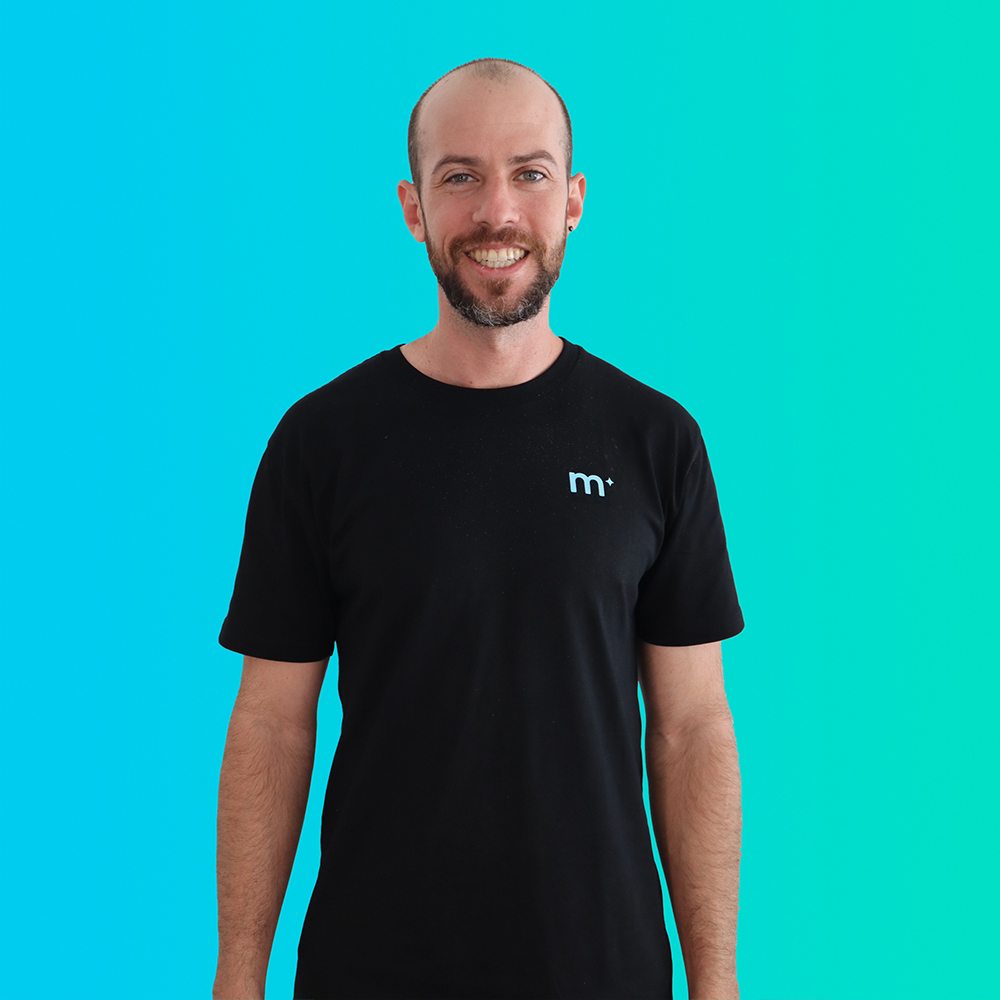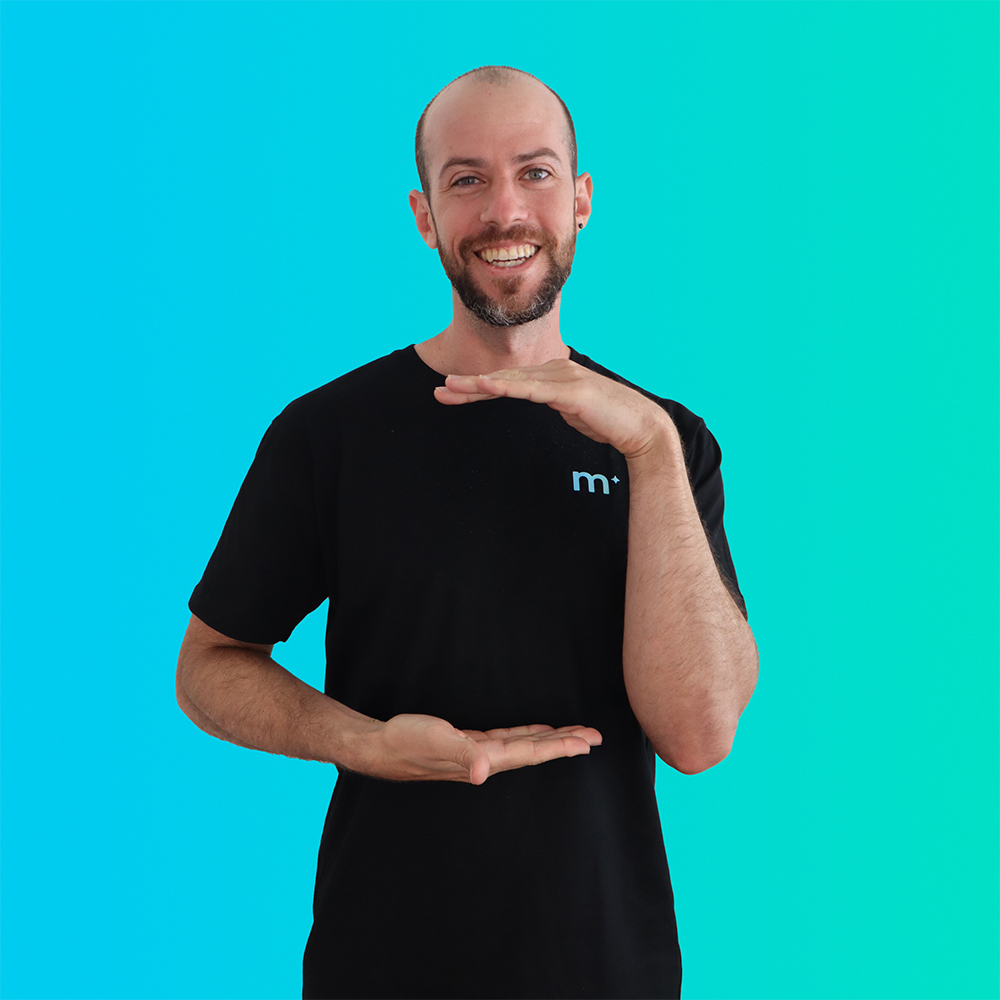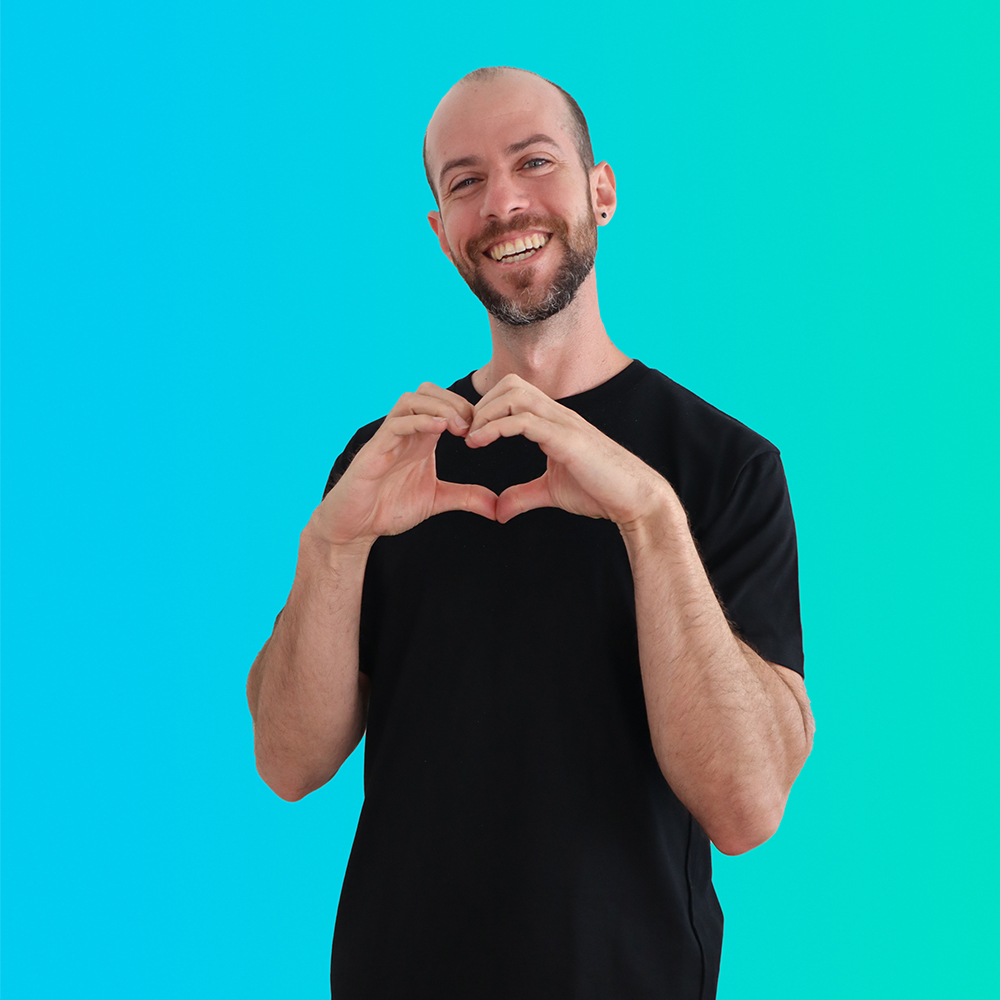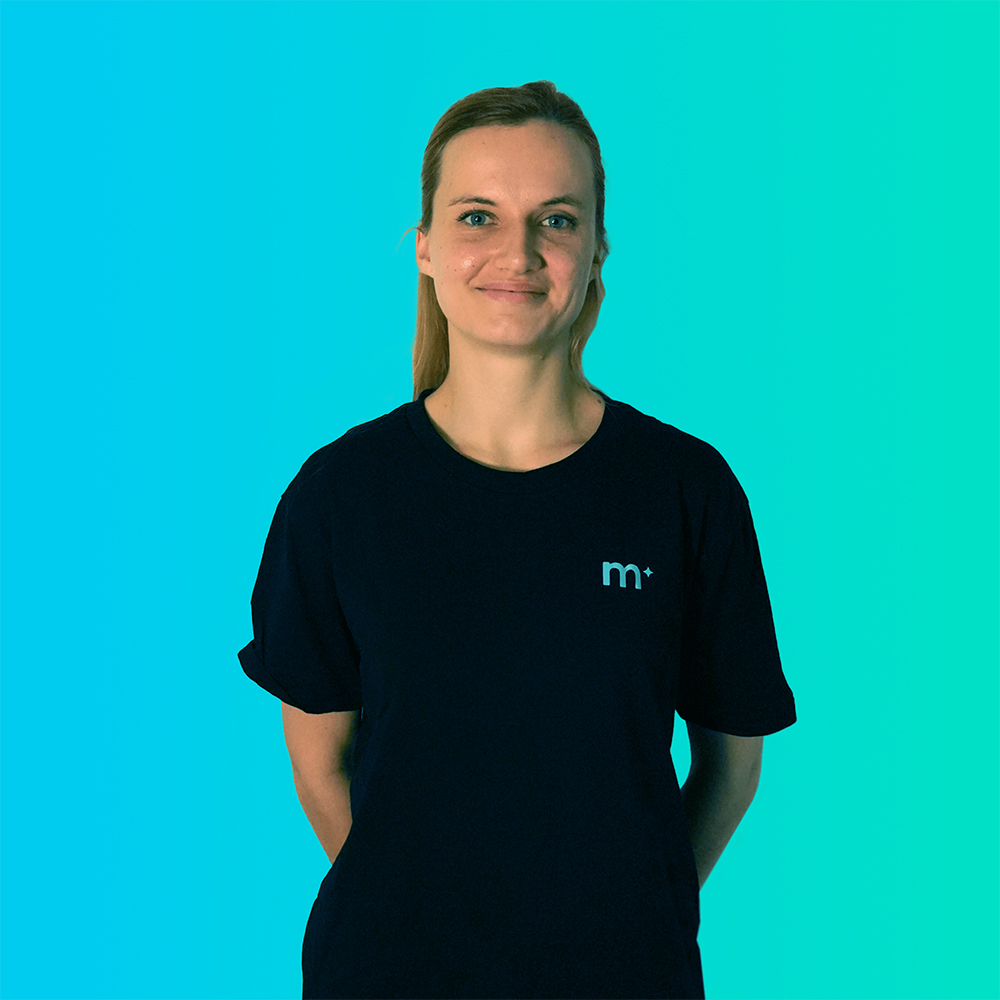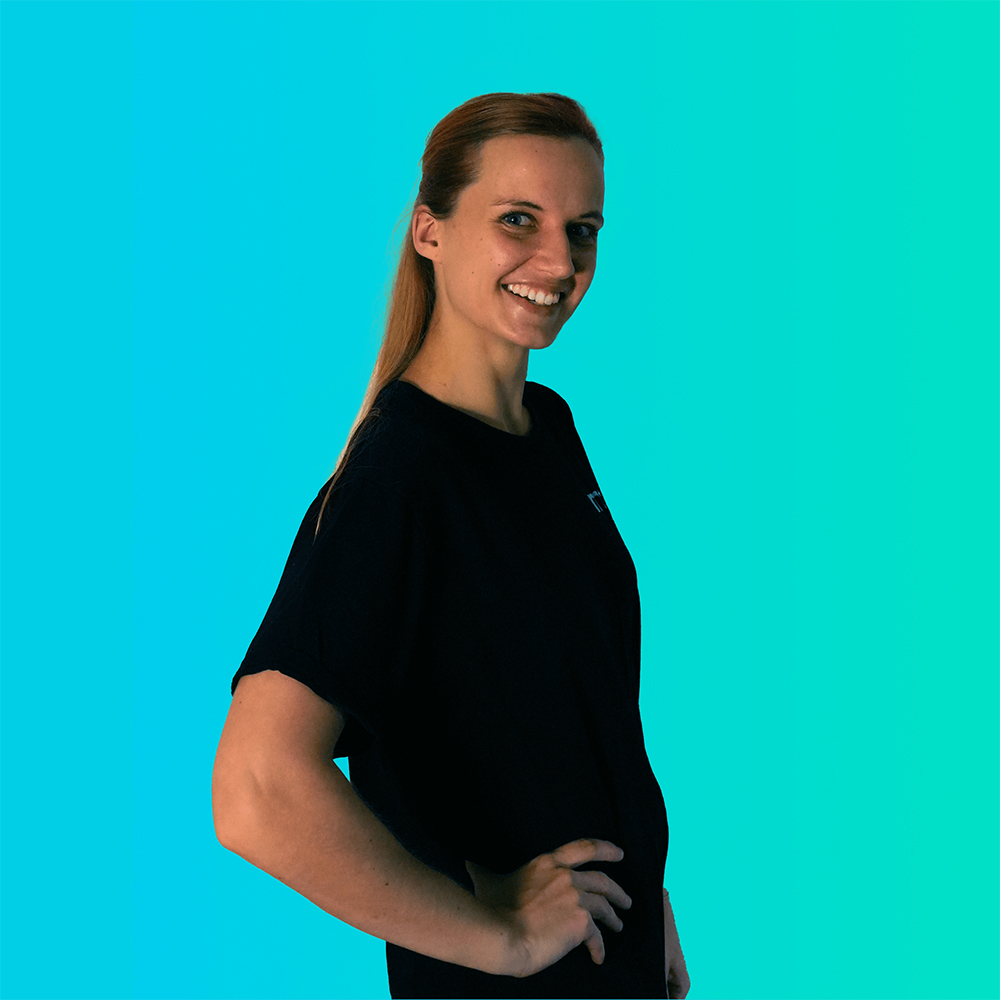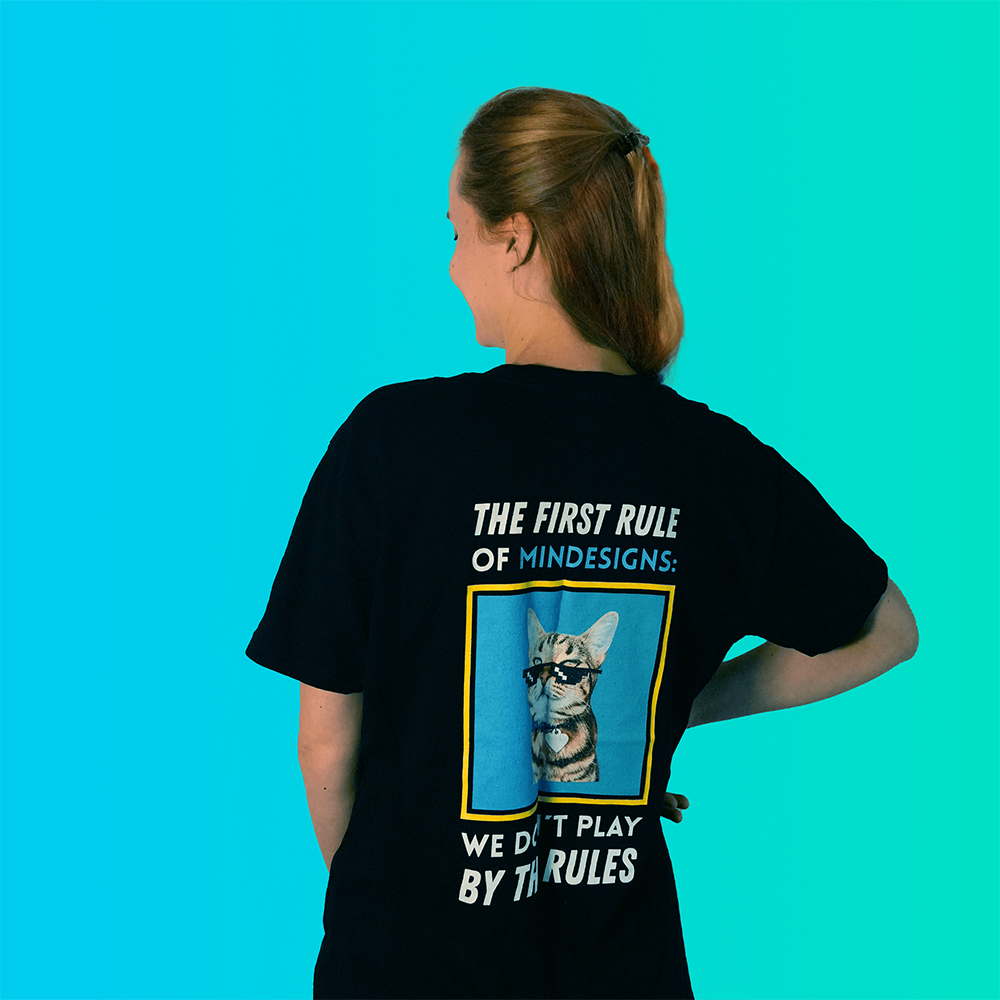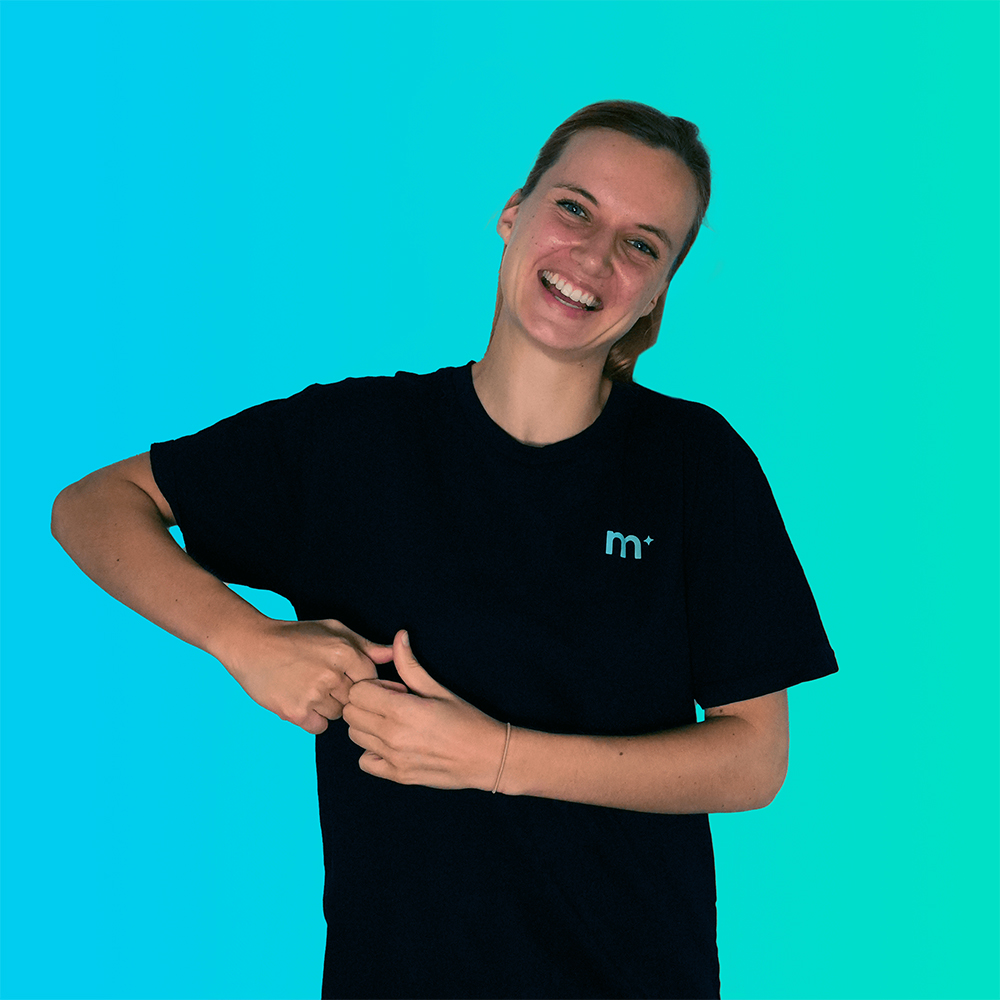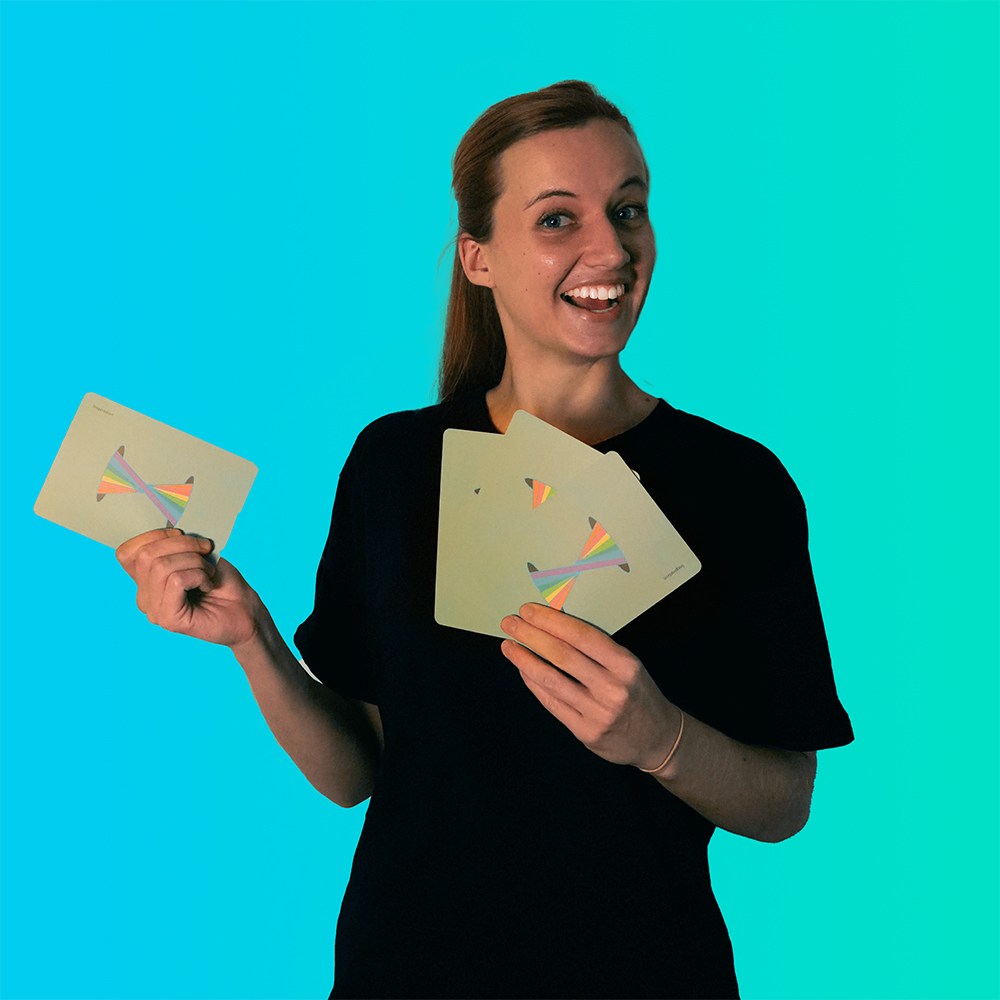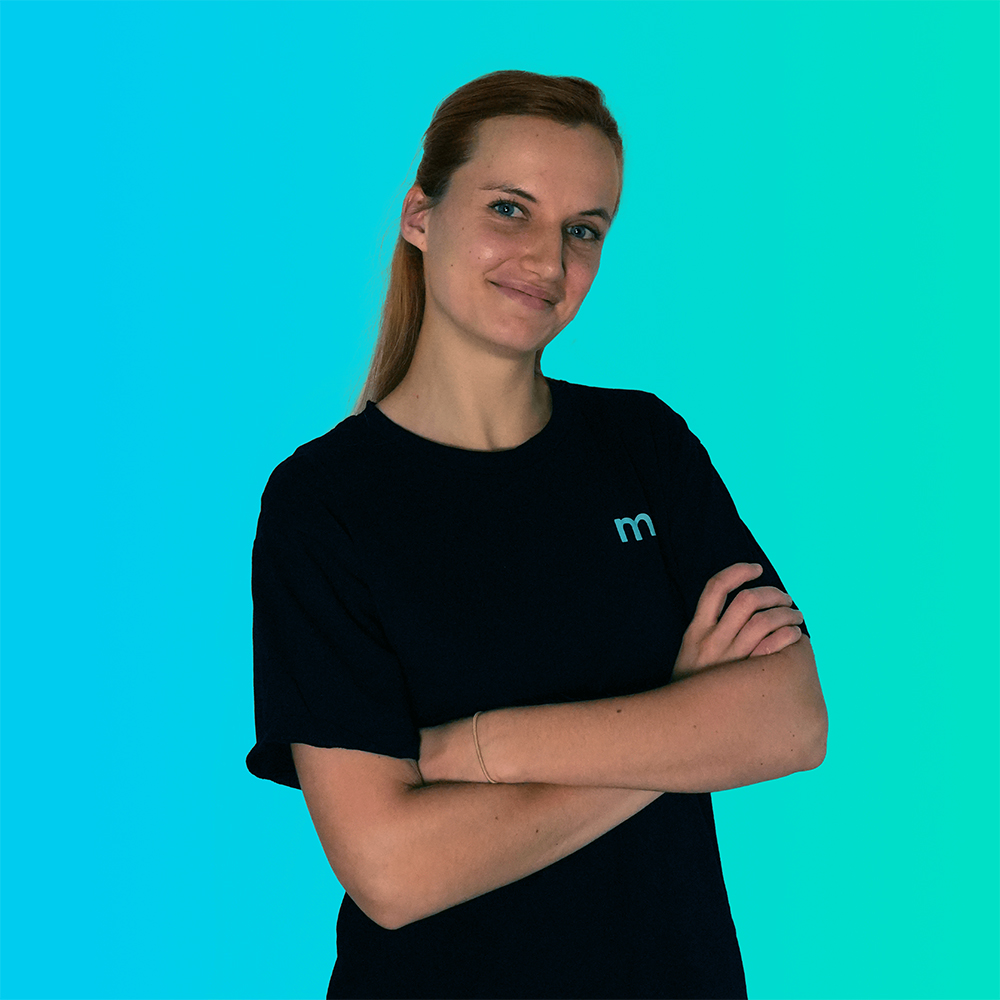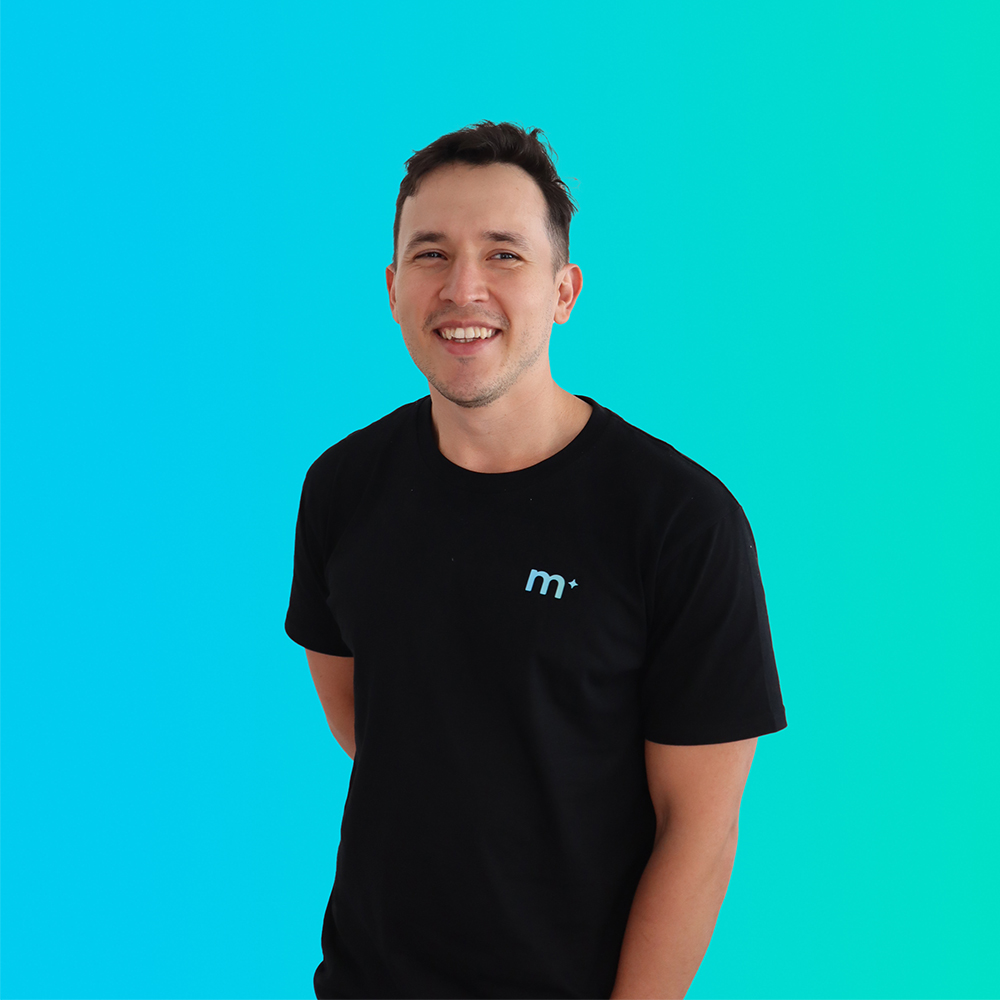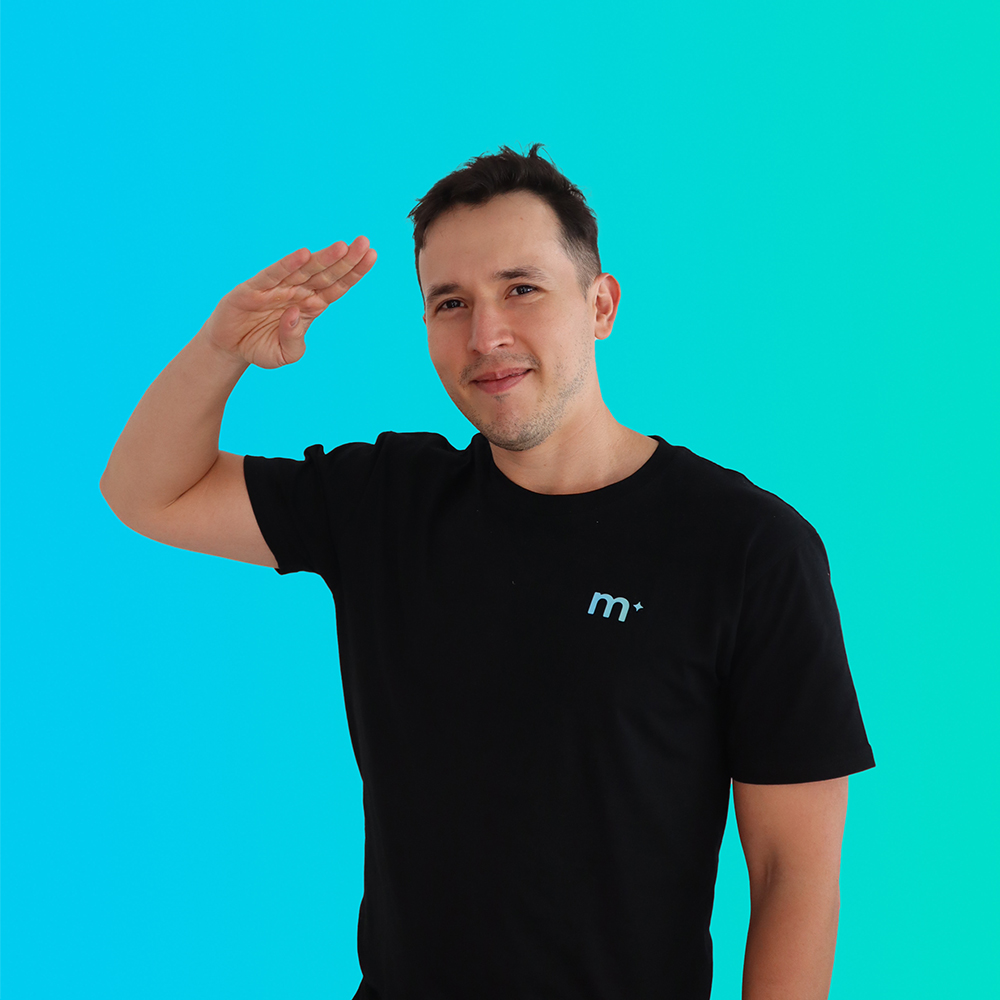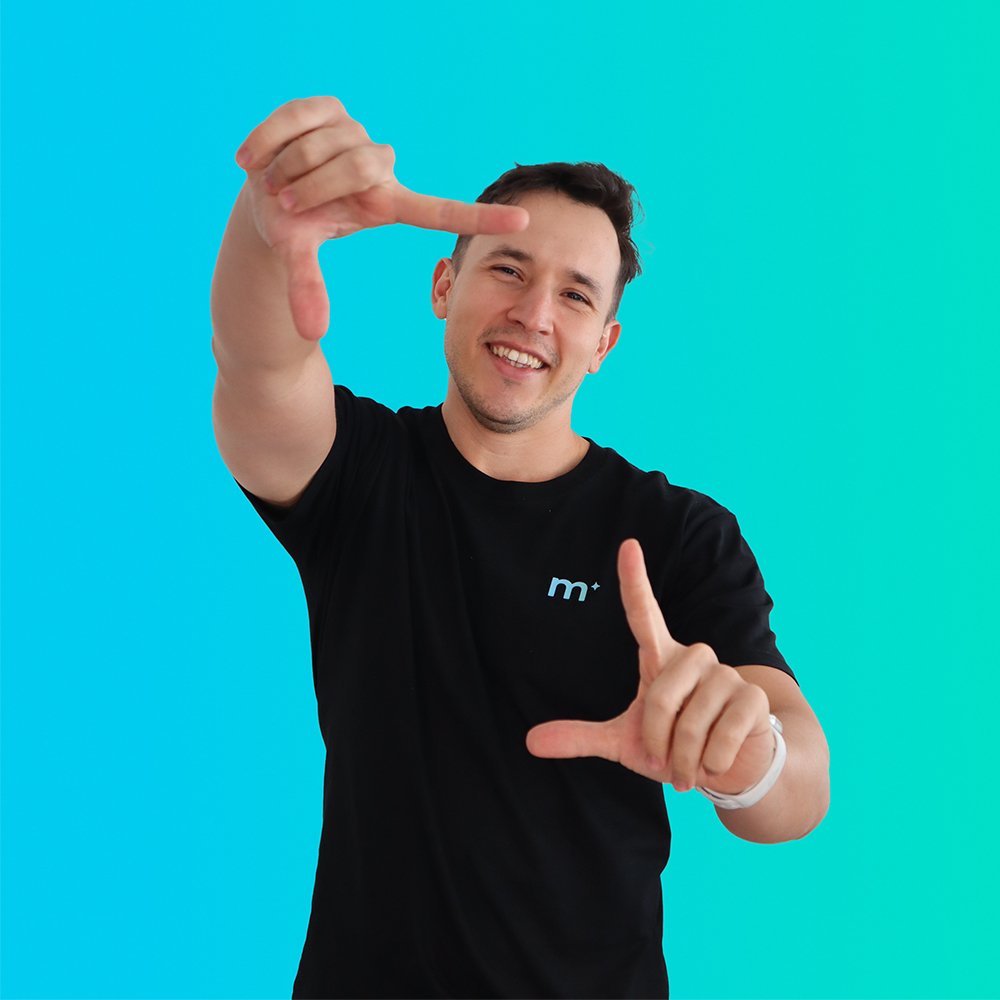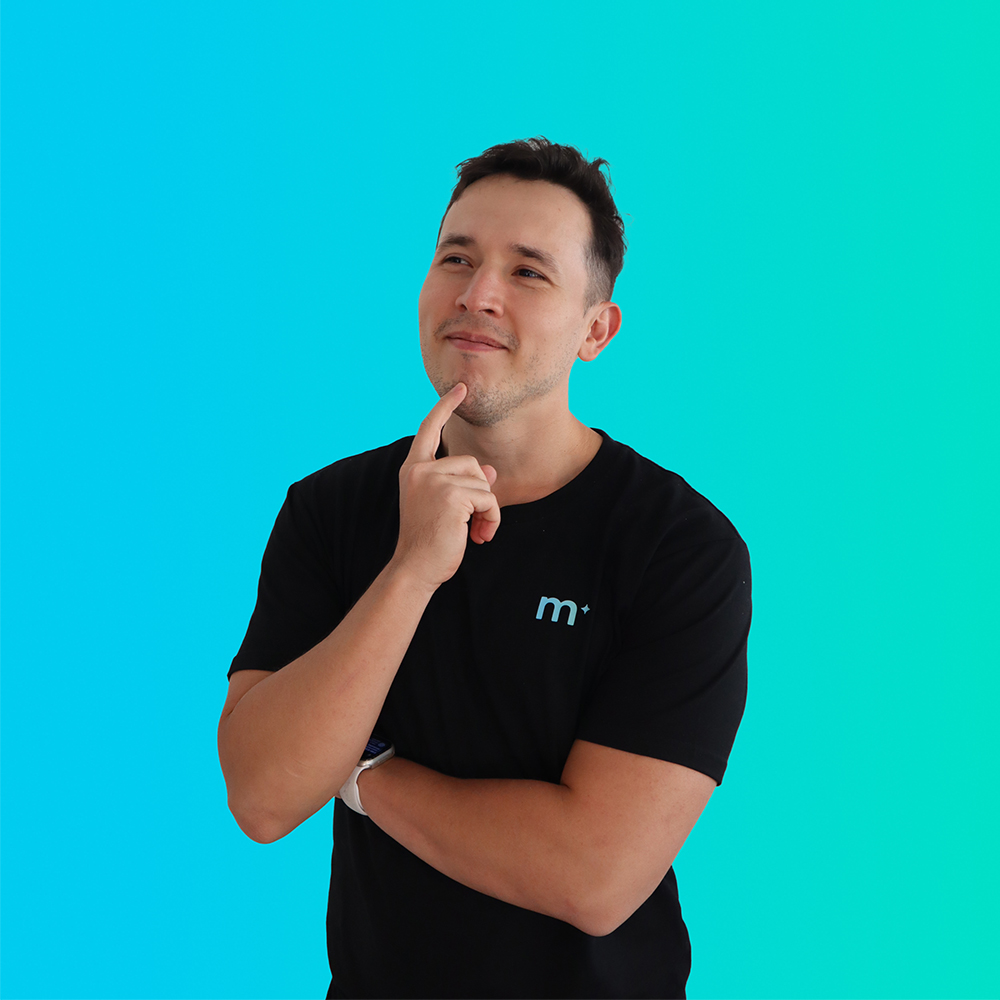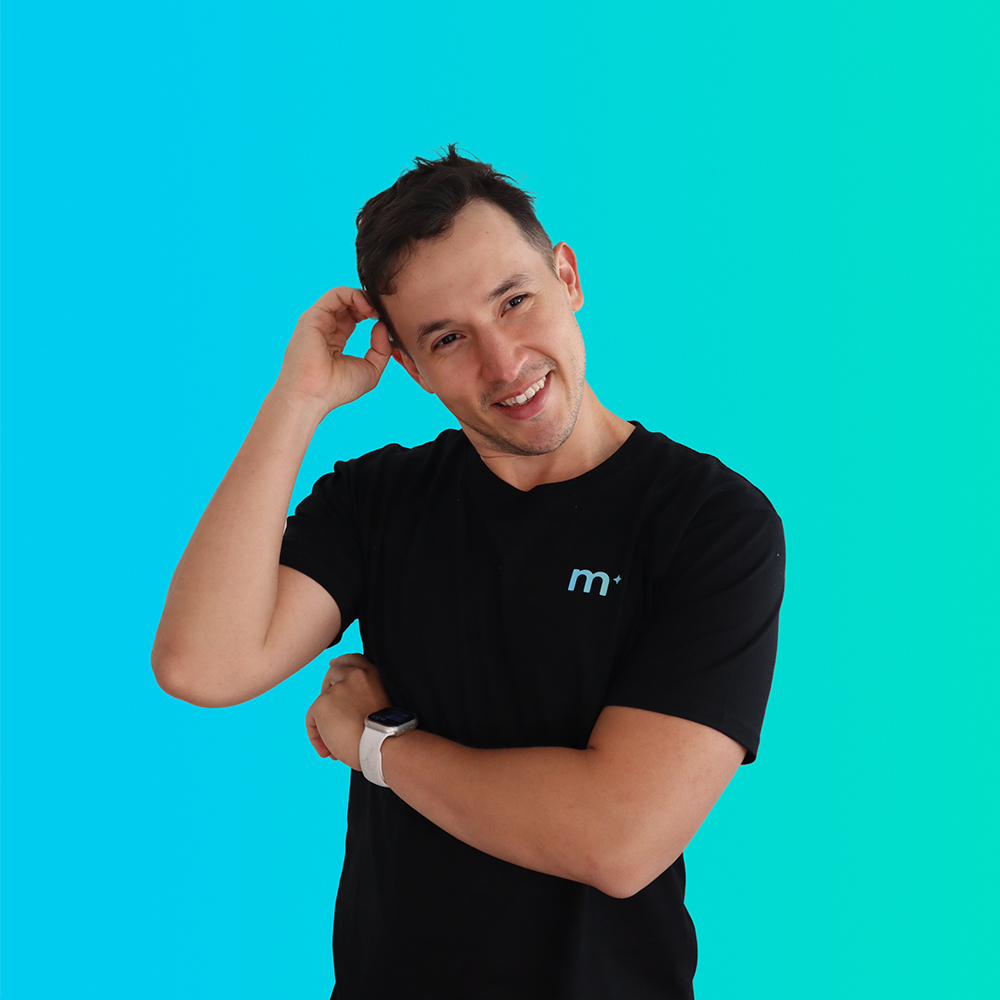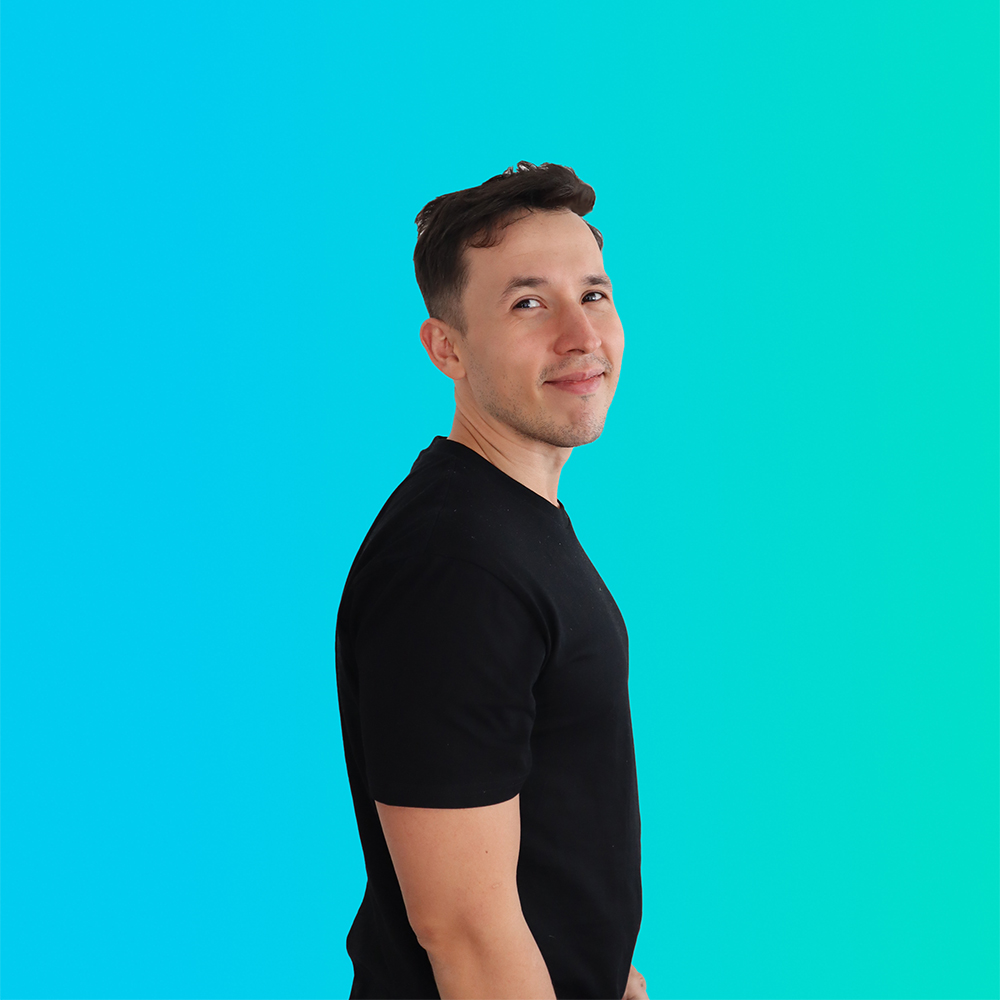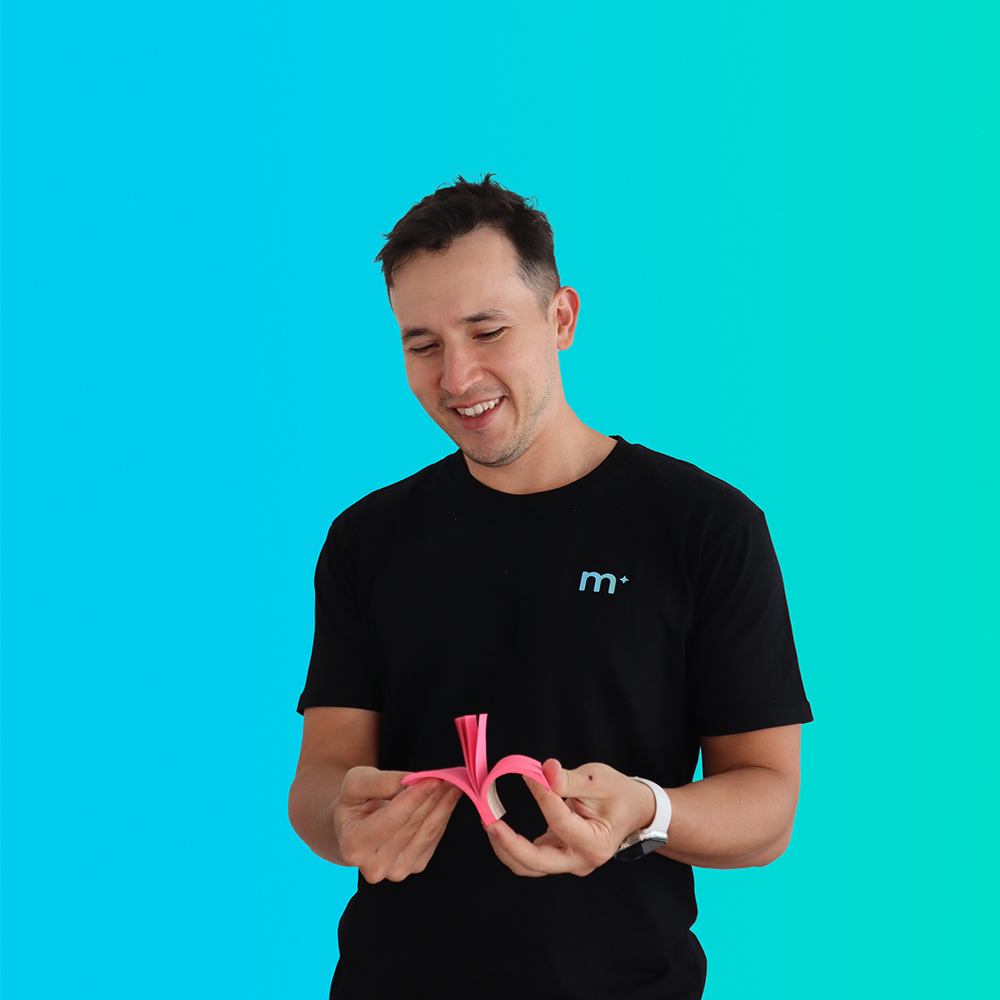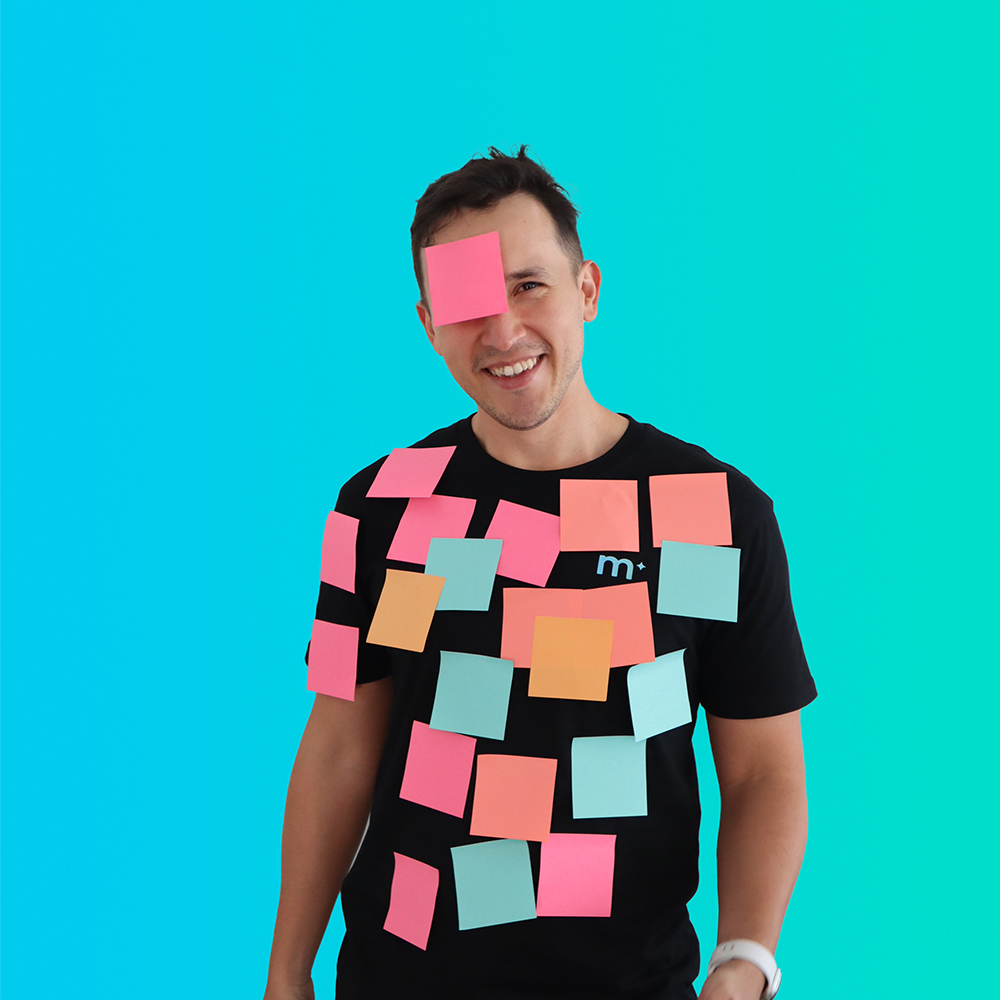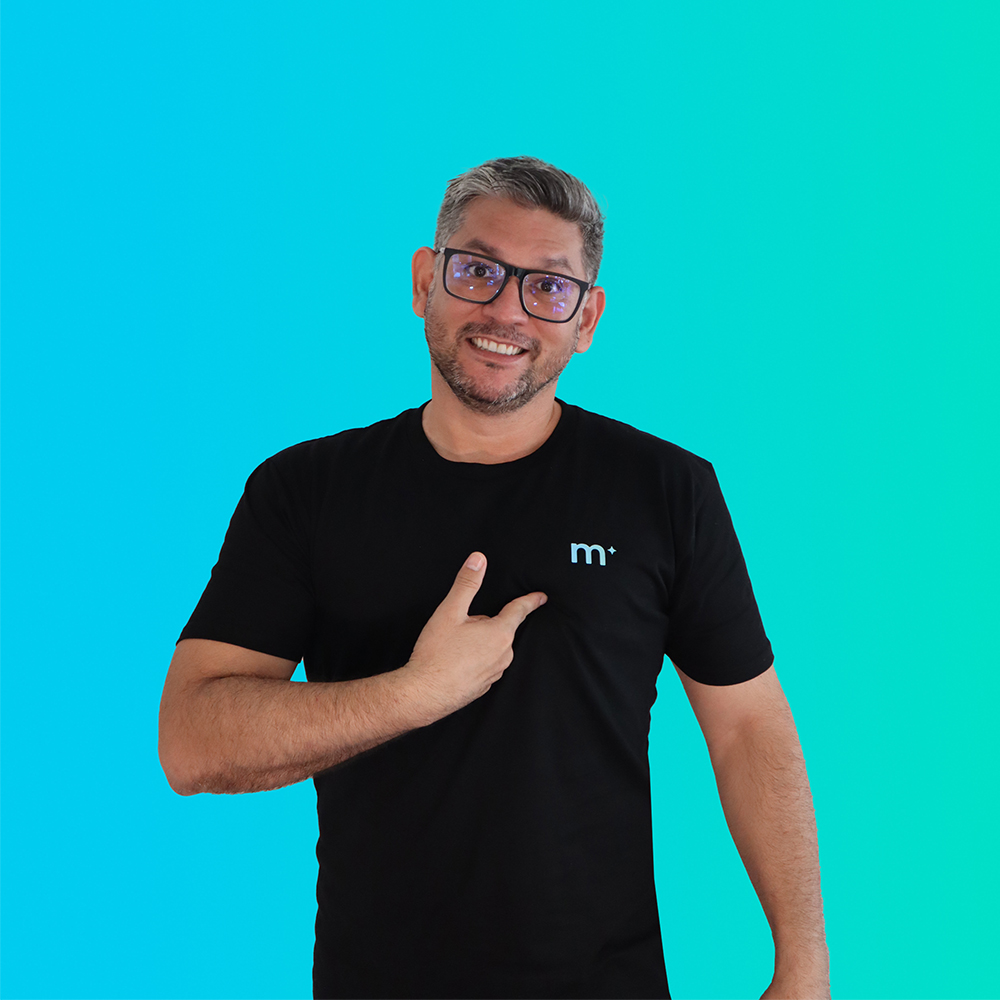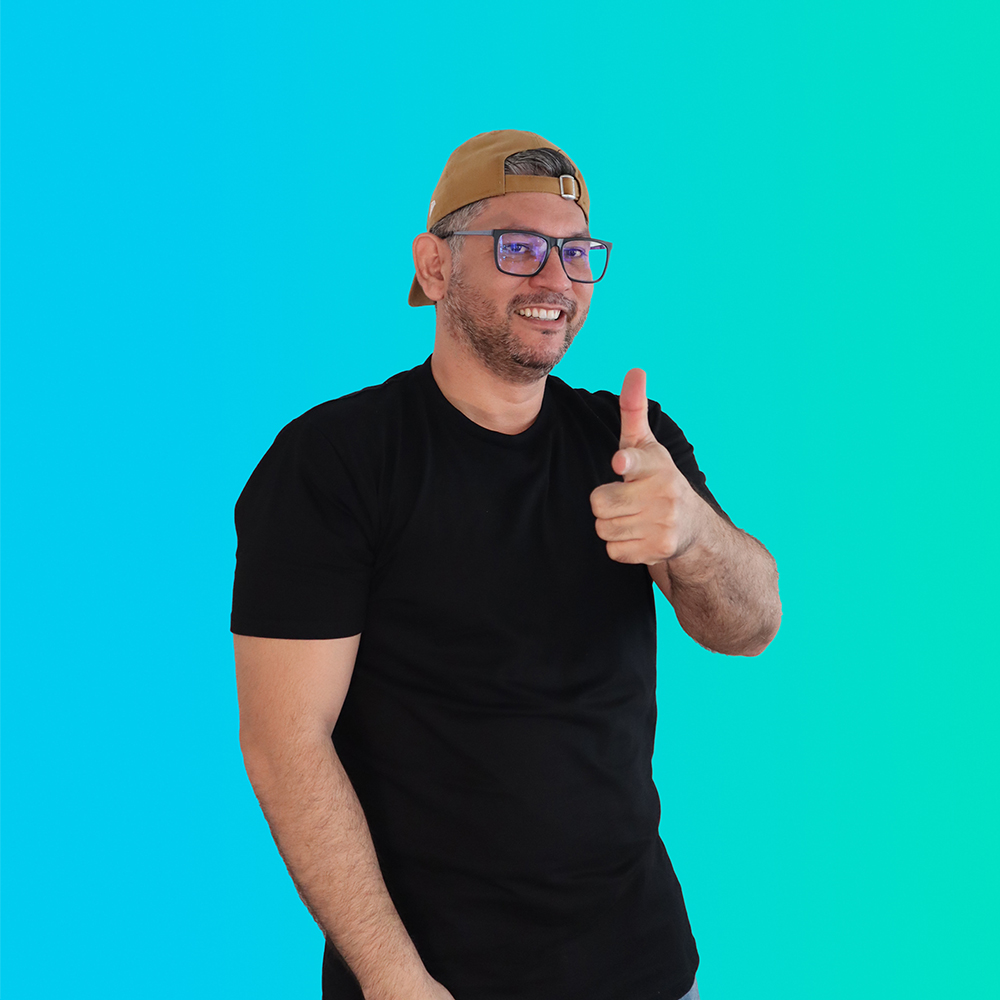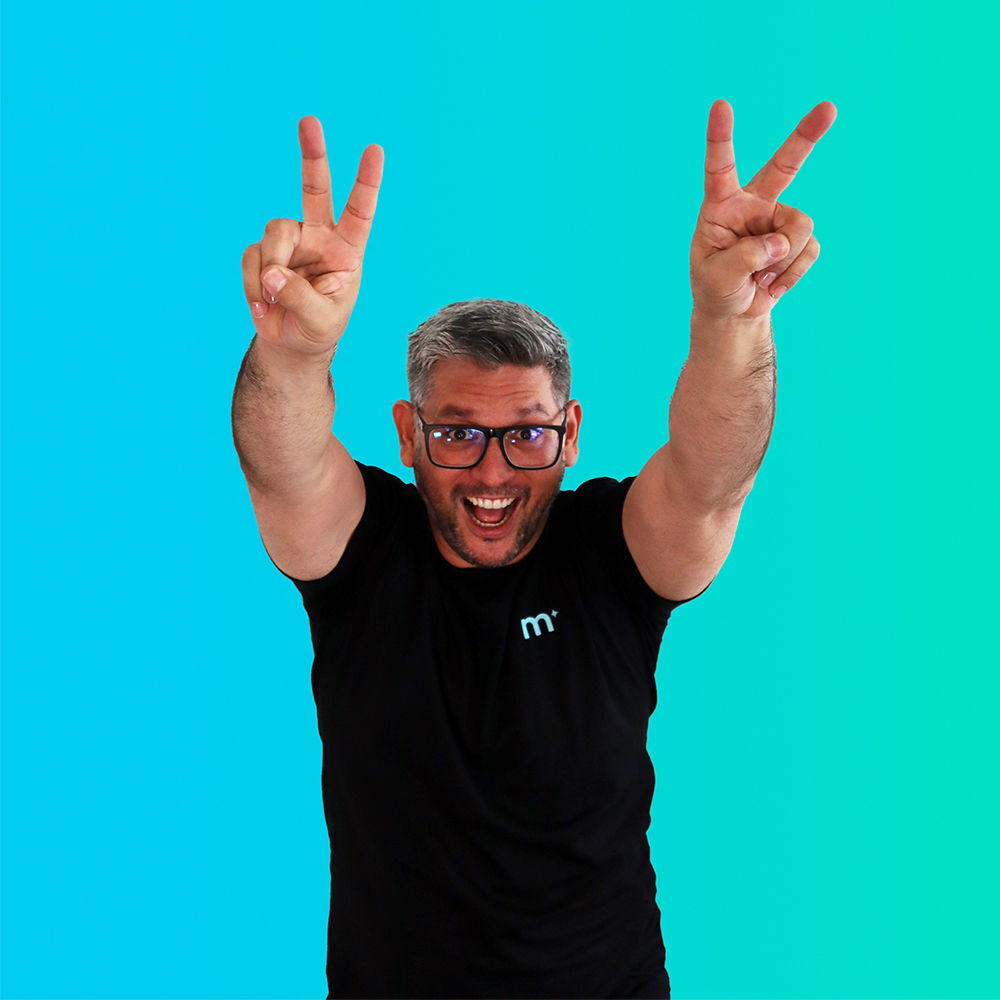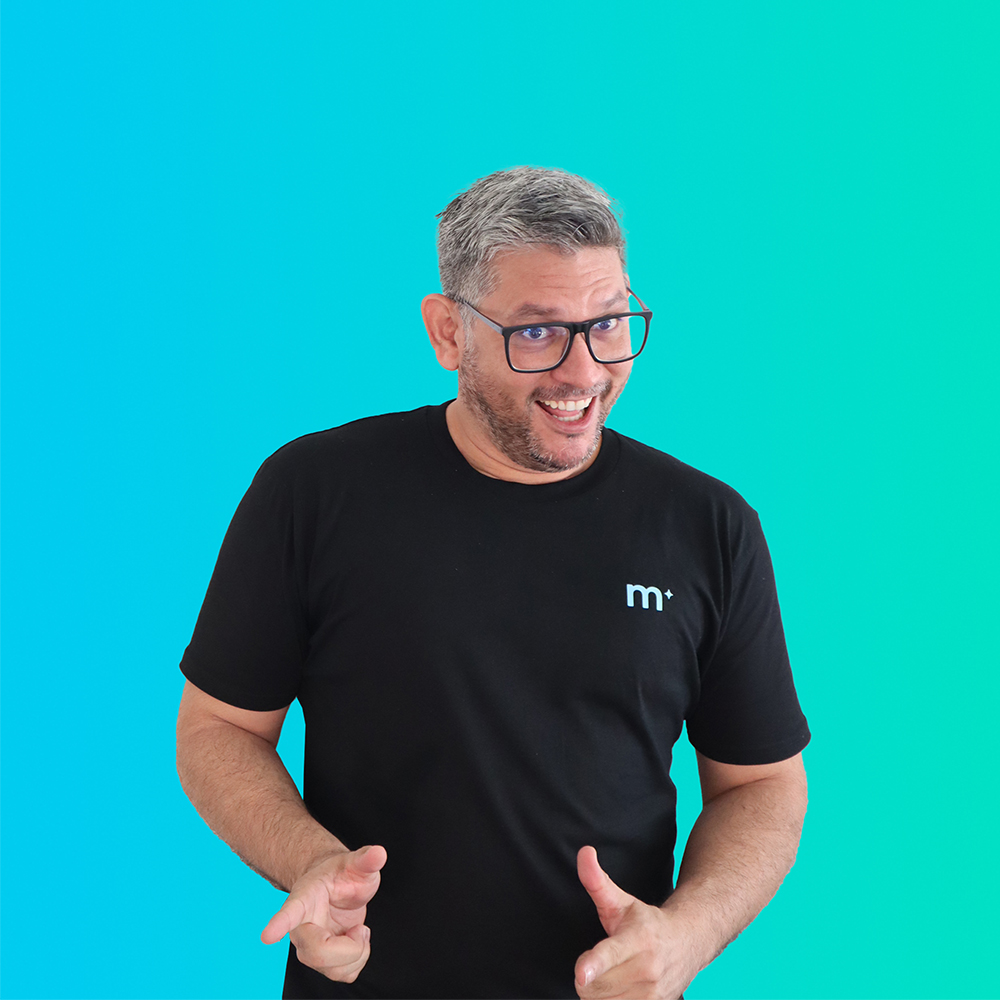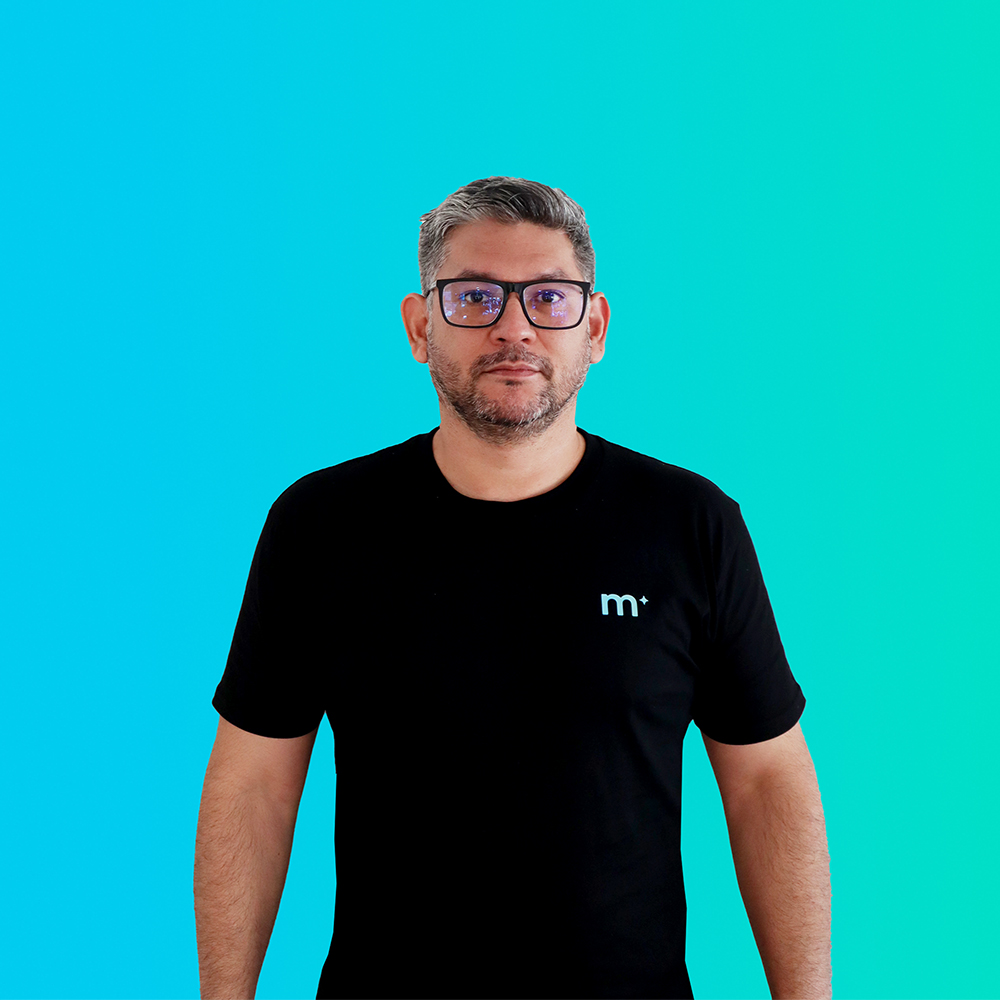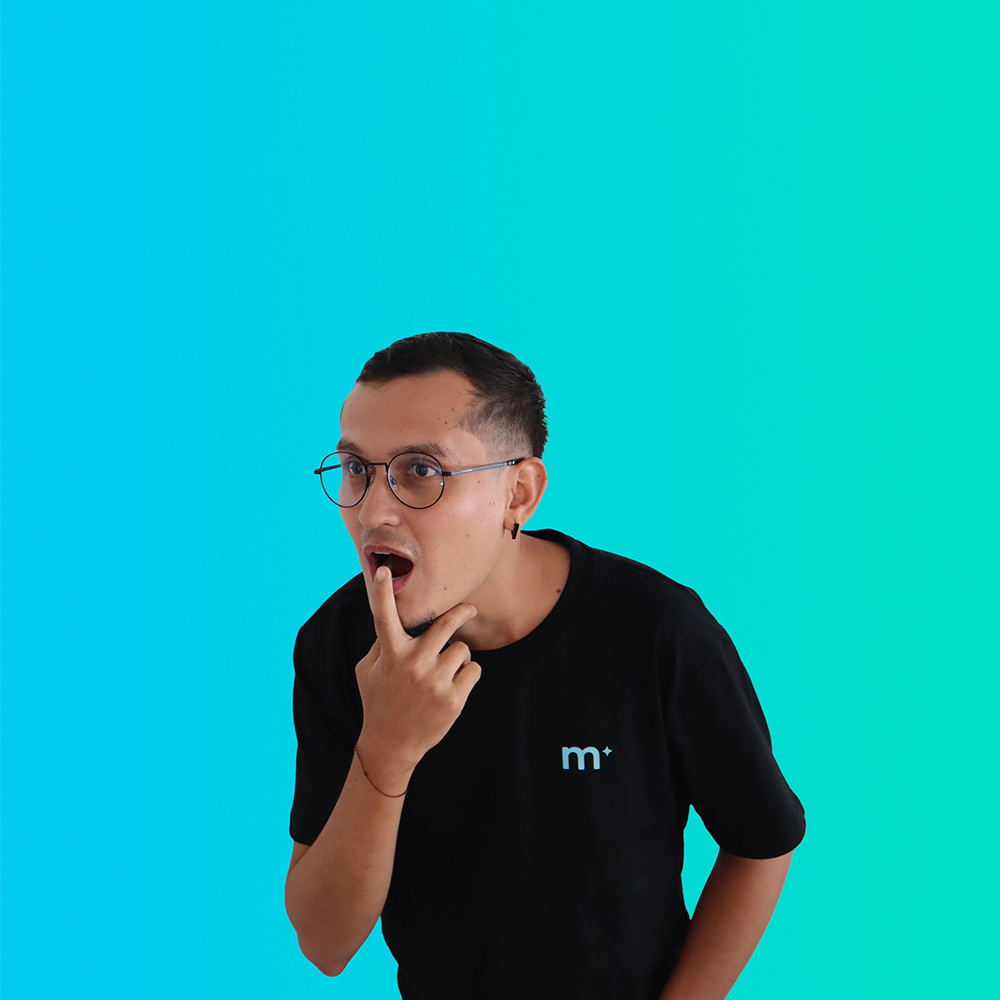Why Facebook Ads Still Work
You’ve just launched a Facebook ad campaign for your small business. You’re excited, hopeful, and expecting a flood of new leads. But after spending hundreds of dollars, all you have to show for it are a few likes, some clicks, and no conversions. Sound familiar?
Unfortunately, this is the reality for many businesses that dive into Facebook advertising without fully understanding the costs and strategies involved. Without knowing how to hook your audience and drive action, it’s easy to burn through your budget with little to no return.
That said, Facebook is still one of the most powerful ad platforms if you use it right. With nearly 3 billion monthly active users (16.65 million in Australia), it offers unparalleled reach and precision targeting. When approached strategically, Facebook ads generate consistent, high-quality leads that can significantly boost your sales.
That said, Facebook is still one of the most powerful ad platforms if you use it right. With nearly 3 billion monthly active users (16.65 million in Australia), it offers unparalleled reach and precision targeting. When approached strategically, Facebook ads generate consistent, high-quality leads that can significantly boost your sales.
In this guide, you’ll learn the costs of Facebook advertising, factors that influence your spending, and how to get better results without going over your budget.
How Much Do Facebook Ads Actually Cost?
When you run a Facebook ad, you’re paying for exposure, clicks, or conversions, not guaranteed sales. Here’s how the costs typically break down:
- Cost Per Click (CPC): If you’re running an online store and want more visitors, CPC is your go-to metric. On Facebook, clicks typically cost between $1.15 to $3.20 on average, but the price changes based on how competitive your industry is.
- Cost Per 1,000 Impressions (CPM): If you want more people to recognise your brand, CPM is a smart choice. You’ll pay around $16 to $24 for every 1,000 people who see your ad. It’s excellent for boosting visibility, but not always ideal for driving direct sales.
Facebook allows you to set either daily or lifetime budgets, giving you control over how much you spend. Is $5 a day enough for Facebook ads? What about $100 a day?
Whether $5 or $100 a day is “enough” for Facebook ads depends heavily on your campaign goals, target audience, and industry. While $5 is a low-risk starting point for learning and testing, it limits reach and impact. On the other hand, $100 offers greater potential for results but requires a larger financial commitment and careful optimisation.
Ultimately, the ideal budget is one that aligns with your objectives and allows for continuous monitoring and adjustments to maximise return on investment.
| Metric | Average Cost (AUD) | Best For | Insight |
| Cost Per Click (CPC) | $1.15 – $3.20 | Direct response ads | Best for driving traffic and leads |
| Cost Per 1,000 Impressions (CPM) | $16 – $24 | Brand awareness campaigns | Cost-effective for visibility |
| Cost Per Lead (CPL) | $17 | Lead generation campaigns | High value for customer acquisition |
| Daily Budget | $20 – $35 (testing) | Small-scale testing | Great for refining targeting |
| Scaling Budget | $50 – $100+ | Large-scale campaigns | Optimised for consistent conversions |
Pro tip: Investing in Facebook ads means you’re buying data and insights that refine your future campaigns. Every interaction provides valuable information about what works and what doesn’t, which helps fine-tune audience targeting, messaging, and offers.
Case Study: B2C vs B2B Facebook Ads
To see how costs vary, let’s compare two of our campaigns:
Geonadir (B2C)
Geonadir, as a consumer-focused product, leverages Facebook Ads to directly reach individuals interested in its offerings. The campaign achieved a cost per lead (CPL) of approximately $5. This relatively low CPL shows the effectiveness of targeted advertising in the B2C space with Facebook’s powerful targeting capabilities, showing that the campaign achieved a cost-effective lead generation strategy.
SEQOS (B2B)
As a business software provider, SEQOS’ cost per lead was $143—substantially higher. This is because B2B sales cycles are longer, require more decision-makers, and involve premium investments. However, the return on investment is also much greater. SEQOS’ software implementation starts at $40,000, meaning even a handful of high-quality leads can drive significant revenue.
Why the Cost Difference? The disparity in cost between B2C and B2B Facebook advertising stems from the differences in target audience and purchasing behaviour. B2C campaigns frequently cast a wider net, so they appeal to a large pool of potential customers with readily accessible, lower-priced products. This broad reach and the instant consumer purchasing decision allow a more efficient lead acquisition process.
This is not the same for B2B, where advertising needs a highly refined approach, focusing on a smaller, more specialised audience.
This precision targeting and the extended sales cycle that is normal in business-to-business transactions drive up the cost of lead generation. B2B purchases often involve multiple stakeholders, complex decision-making processes, and significant financial commitments, so successful B2B campaigns must prioritise relationship-building, educational content, and consistent engagement across numerous touchpoints, all of which contribute to higher advertising costs.
What Affects Your Facebook Ad Costs?
Facebook uses an auction-based system, so costs fluctuate based on competition, relevance, and engagement. Here are some factors that affect your ad costs:
Audience targeting
Audience targeting plays a major role in your ad costs. The broad targeting approach casts a wide net by displaying your ads to a large, diverse audience with varying interests. While it costs less per impression, it also likely results in lower conversion rates.
Narrow targeting, on the other hand, focuses on specific demographics, behaviours, or interests. While it tends to cost more per click, it delivers higher-quality leads.
Lookalike audiences strike a balance by reaching new people who share characteristics with your existing customers. They are more likely to convert without the high costs of hyper-specific targeting.
To avoid overspending, start with an audience size between 500,000 and 2 million for cold traffic campaigns on platforms like Meta Ads. This range gives the algorithm enough data to optimise performance without being too broad or too niche. Once you identify top-performing segments, gradually narrow your targeting to improve ROAS without skyrocketing your CPC.
Ad quality and relevance score
Facebook wants users to see ads they like. If people engage with your ad through likes, comments, or clicks, Facebook charges you less. But if your ad isn’t getting much attention, Facebook makes you pay more to reach people. Consistently refreshing your ad content helps maintain a high relevance score, which keeps your costs down and your results strong.
Ad format
The type of ad you use matters. Videos and carousel ads often work better than just single pictures. Because they get more attention, Facebook usually charges you less for each result (like a click or purchase). There are also special ads called dynamic product ads that automatically show people products they’ve already looked at. This helps you sell more and get a better return on your money.
Campaign objective
Lead generation and conversion campaigns tend to be more expensive than engagement-focused campaigns, but they often deliver a higher ROI. Awareness campaigns, while cheaper, may not lead directly to sales but will still build brand recognition.
Niche competition
During high-demand seasons like Christmas or Black Friday, ad costs typically spike as more advertisers bid for the same audience, driving up CPM and CPC rates. This increased competition makes ad campaigns less cost-effective, forcing smaller businesses to either increase their budgets or risk losing visibility.
Competition varies by industry. For example, e-commerce brands often face heavy competition during major sales events, while service-based businesses may experience more stable pricing throughout the year. During industry-specific events, such as tax season for financial services or back-to-school promotions for retailers, ad costs may surge unexpectedly.
Facebook Ads vs Other Ad Platforms
Facebook ads are effective, but they’re not always the best fit for every business. Here’s how they compare:
Where Facebook wins
Facebook is great for reaching a lot of people at a lower cost compared to other platforms like Google Ads. If you’re selling products or services to everyday customers (Business to Customer or better known as B2C), Facebook’s ability to re-target people who’ve already visited your website is a game-changer.
The platform excels in visual, creative storytelling campaigns, helping brands connect emotionally with their audience. Facebook also offers detailed audience insights, so you track user behaviour and refine your campaigns in real time. This flexibility makes it easier to scale winning ads while quickly pausing underperforming ones.
Additionally, Facebook’s extensive ad formats, including carousel, video, and lead generation ads allow for creative flexibility. Experiment with different formats to see which resonates best with your audience, so you lower your cost per acquisition.
Facebook also has robust retargeting options, which make it perfect for nurturing leads through multiple touchpoints, gradually moving them closer to conversion.
Where Facebook faces limitations
However, Facebook lacks search intent compared to Google. While Facebook is great for demand generation, Google captures users actively searching for a solution.
For Business to Business (B2B) campaigns, LinkedIn often outperforms Facebook because of its professional user base that offers better targeting for job titles, industries, and company sizes. Facebook also falls short for industries with longer sales cycles, where direct lead generation from search-based platforms tends to perform better.
Facebook’s audience saturation is an ongoing issue. As your ad frequency increases, your ads may become less effective due to ad fatigue. This leads to higher costs over time as you struggle to maintain engagement.
Lastly, privacy updates, such as Apple’s iOS 14.5 changes, have reduced Facebook’s ability to track user data, making attribution and audience targeting less precise. This increases your overall cost per result, particularly for remarketing campaigns.
| Platform | Strengths | Limitations | Best For |
| Facebook Ads | Lower cost, visual storytelling, retargeting | Lacks search intent, less effective for B2B | B2C, service-based businesses |
| Google Ads | Captures active search intent, high conversion | Higher CPC, less visual flexibility | High-intent lead generation |
| B2B precision targeting, professional audience | Higher ad costs, smaller audience reach | B2B lead generation and networking | |
| Instagram Ads | Visually engaging, ideal for lifestyle brands | Less effective for direct B2B sales | E-commerce, fashion, and lifestyle |
| TikTok Ads | High engagement with younger audiences | Limited ad formats, less precise targeting | Brand awareness for younger markets |
How to Get Better Results Without Increasing Spend
Spending more doesn’t guarantee better results. Here’s how you maximise your ROI with smarter strategies:
Use a Funnel-Based Approach
Treat your ad campaigns like a customer journey. Start by introducing your brand to a cold audience with engaging videos or educational content. Then, retarget the warm audience with lead magnets, case studies, or testimonials to build trust. If you’re not sure where to start, download our digital marketing strategy template to learn more about your audience and lay out your strategies better.
For the hot audience, serve direct offers with clear CTAs, such as discounts or limited-time deals. Finally, post-purchase, retarget existing customers with loyalty offers or cross-sells to maximise their lifetime value.
Target the Right People
To reduce wasted ad spend, use Lookalike Audiences and custom retargeting. Exclude irrelevant audiences to keep your targeting precise and avoid boosting posts blindly. Instead, run structured campaigns with clear objectives and measurable goals.
Craft Better Creatives
Capture attention within the first three seconds with strong visuals and compelling headlines. Use lifestyle imagery or video to create emotional connections. Test multiple headlines, ad copies, and CTAs to see what resonates best. Incorporate storytelling to make your brand more memorable and relatable.
Make Mobile-Friendliness a Priority
More than 98% of Facebook users access the platform on mobile devices. If your ads aren’t optimised for smaller screens, you’re losing a considerable chunk of your potential audience. Your creatives, landing pages, and CTAs must be mobile-friendly. For instance, use vertical or square video formats, which occupy more screen space and capture attention better on mobile feeds. Keep text concise and headlines punchy to grab attention quickly.
Case Study: Funnel Strategy in Action
One of our clients, a local jewellery brand, initially struggled to generate consistent leads from its Facebook ads. Despite reaching a large audience, they were burning through their budget with minimal conversions. To stop the money bleed, we helped them shift to a structured funnel strategy.
We started by running video view campaigns to build brand awareness. The video highlighted their unique, locally designed pieces and highlighted the craftsmanship behind each item. This captured their audience’s attention and built familiarity with a broad audience at a low cost per view.
Next, we retargeted engaged viewers with a lead magnet campaign. This involved offering a downloadable jewellery care guide in exchange for contact details. By providing something of value, they turned cold traffic into warm leads while simultaneously building their email list.
Finally, we launched a conversion campaign by targeting these warm leads with a limited time offer. The campaign promoted exclusive discounts on select pieces, creating a sense of urgency. This strategic approach lowered the cost per acquisition (CPA) compared to their earlier cold traffic campaigns, which significantly improved their ROI.
Once they had a pool of warm leads, we refined their Facebook ad targeting. By creating lookalike audiences based on their most engaged customers, they expanded their reach while maintaining high lead quality. This improved their overall conversion rate and reduced their ad spend wastage
Final Thoughts: Is Facebook Advertising Worth It?
Facebook ads are incredibly effective, but they aren’t a magic bullet. The platform gives you control over how much you spend, who sees your ads, and what you offer. To get the most out of it:
Use funnel-based campaigns rather than random ad boosts. Constantly test and optimise your creatives and targeting. Track your ROAS and adjust your strategy accordingly. Incorporate retargeting and post-purchase strategies to maximise customer lifetime value.
Want help building a high-ROI Facebook ad funnel? Contact us today for expert assistance and proven strategies to maximise your ad performance.
